First off, I knew I was going to like Ostrava even before I left Prague. Readers will know I have been on a kind of industrial/post-industrial kick ever since visiting and writing about my steel-town hometown of Youngstown, Ohio, when I was home for Christmas, and the Czech Republic’s own aging, industrial behemoth didn’t disappoint.
I’ll turn the typical travel-writer narrative on its head for this post, and instead of telling you up front why you should go (I’m still thinking about that) or what you’ll see, I’ll first fill you in on how to get there and where to stay.
Traveling to Ostrava from Prague, these days, has never been easier in the history of the Czech Republic. There’s the standard Czech Railways high-speed Pendolino service, which whisks you there in a little over three hours. Added to that are two private rail operators: Student Agency’s RegioJet service and Leo Express. It seems like Ostrava-bound trains leave Prague’s main station every few minutes. Indeed, they seem more frequent than trams on Prague public-transport network.
I opted for Leo Express’s Business Class service, which for a little more than 20 euros each way, offers a big, comfy seat, free Wi-Fi, free drinks, all the newspapers you’d care to read, and a personalized porter who hovers over you the entire journey. If your image of Czech trains is stuck in the musty, pleathered past, one ride with Leo will blow your mind.
After spending only a few nights in Ostrava, I’m hardly an expert on hotels, but I did google around a bit before settling on a place to sleep. There are plenty of decent choices. I first booked at the elegant Imperial, which I vaguely remembered hearing about from Communist days. It’s been refurbed into a comfy business hotel and has a great central location. After getting a couple of other recommendations from friends, though, I switched over to City.city, a hipsterish, more-minimalist, cheaper option. It fit the trip's vibe much better.
The City.city (that’s really the name) turned out to be exactly the kind of hotel I like best. Short on baubles, big on understated style. I’m sure you know the kind of place: unadorned light bulbs hanging from the ceiling, brushed sandstone stairways, lots of exposed wood. The décor uses natural textures and tones to evoke comfort. I wanted to bring my room back with me to Prague (see a photo of my bed, below). Oh, and the house restaurant called “Loft” (though it’s actually on the ground floor), is one of the best in town.
Okay, so now we’re in Ostrava and have a place to stay. What are we doing here, again?
Ostrava and my hometown of Youngstown share many things in common – but mostly the necessity of having to make the best of a relatively poor set of historical circumstances.
Like Youngstown, Ostrava’s wealth, growth, and identity were tied directly to steel-making. In the 19th century and through most of the 20th century, the city boomed as a national center for both coal and steel. Through the 1970s and ‘80s, when global changes in the steel industry made inland producers (like Ostrava and Youngstown) relatively less efficient, Ostrava was shielded from those forces by the then-Communist government and the elevated ideological status accorded to heavy industry. All that changed, though, with the fall of Communism in 1989. The decade of the 1990s saw much of Ostrava’s industrial infrastructure decommissioned. The last coal mine was shuttered in 1994. At that point, the future was unclear.
Fortunately for Ostrava, the city fathers had the foresight to retain much of the old industrial infrastructure (or at least lacked the money to knock it down). I mean the massive blast furnaces, coke ovens, rolling mills, and cooling plants. If you’re looking for a reason to come to Ostrava, it’s exactly that: the chance to get up close and personal with some hideously beautiful, rust-covered dinosaurs -- and learn something in the process.
The Dolní Vítkovice (Lower Vítkovice) iron and steel complex, about 3 miles (5 km) south of the center, operated for 162 years before closing in 1998. Today, it’s at the center of Ostrava’s efforts to recast its industrial heritage as a tourist attraction. Guided tours throughout the day lead visitors around the extensive grounds, through the rust and dust, and finally up the rickety “Bolt Tower,” an observation deck built atop former Blast Furnace No 1.
The Vítkovice works is also home to an interactive Science & Technology Centre, the “Gong” auditorium (built into the old gasometer), lots of art and design studios, and in summer the annual “Colours of Ostrava” music festival. There’s a branch of the Ostrava tourist office at the site, where you can get more info and buy tour tickets. Don’t make the mistake I did, though, and get off at the wrong tram stop (for the record, the right stop is “Vítkovice vysoké pece”).
Ostrava sits above a rich seam of bituminous coal, and for years there were rumors the Communist authorities planned to move the population out of the center, rip the city down, and mine the coal. That may or may not be true, but these days you can visit the old 19th-century Anselm mine at Landek Park. The highlight here is a ride down an old shaft to see just how dangerous and claustrophobic the work of the miners really was.
One thing I never realized about Ostrava before is that the city actually straddles two distinct historical regions: Moravia and Silesia. The two are separated by the narrow Ostravice River, which runs through the center of the historic core.
Most of the important buildings are located on the Moravian side, while the Silesian side appears hillier and wilder. There are several marked trails on the Silesian side, including a hike to the top of a famous slagheap – “Ema” – which rises to a height of about 1,000 feet (320 meters) (and is still smoldering!!!) The riverfront itself is surprisingly pretty and lined with parks and trails, including a popular bike trail that you can follow all the way to the city of Frýdek-Místek, 15 miles (24 km) away.
I’m a sucker for art museums, and Ostrava’s “House of Art” (Dům umění) didn’t disappoint. First is the building itself – a striking Functionalist structure from the 1920s, notable for a long, horizontal façade, red-brick exterior, and (crazy, for an art museum) a lack of windows on one side. It’s exactly the kind of push-the-envelope building that the then-newly independent Czechoslovakia was so good at putting up back in the day.
The permanent collection is on the small side, but the museum excels at hosting temporary exhibitions. On my visit, I wandered from room to room, first taking in “Abstraction-Création,” a selection of abstract graphics from the 1930s, and then a show on Norbert Grund (1717-67), an 18th-century Rococo painter, who specialized in intricate, miniature landscapes and religious paintings. Upstairs, rooms featured works by Gustav Klimt and Oskar Kokoschka, among others.
Another fun way to spend time is to visit the city’s handsome New Town Hall tower, which rises to about 250 feet (75 meters) and is the tallest town hall tower in the Czech Republic. An elevator whisks you up to a platform for views both of the buildings below and out over the surrounding hills (or, on the day I went, some frigid snow-covered streets and low-hanging clouds).
Architecture fans will want to grab the no 8 tram east for about 20 minutes from the center to take in the Socialist-Realism suburb of Poruba (tram stop: “Poruba vozovna”), a unique grouping of palatial worker-housing estates built in the 1950s according to designs exported from Moscow. If you’ve ever spent time in Kraków, the complex is reminiscent of Nowa Huta. Take a stroll through the relatively recent past along the district's main street, Hlavní třída.
I had to resist the temptation to eat every meal at my hotel restaurant, an oasis in the arid neighborhood surrounding the train station, and certainly the best place to eat in that part of town. The baked beef ribs, served with freshly grated horseradish, won my devotion, and the waiters were totally knowledgeable about gluten-free issues (a relative rarity in the Czech Republic).
There are many other spots to eat, though. Hogo Fogo Bistro, close to the center, offers a daring mix of high-end local food and more exotic stuff (like pulled-duck burgers). Bára, the sister of a friend of mine in Prague, and her son Martin, joined me for lunch one afternoon, and they both loved their burgers (normal ones – not pulled-duck). But Hogo Fogo is tiny, so you need to book ahead. (Bára wrote out a handy list of places to eat and drink in Ostrava, and I’ve included a photo of the list in this post.)
La Petite Conversation, a couple doors down, is a French-inspired coffeehouse, with excellent lunches, baked goods, and breakfasts. It has the not-to-be-overlooked advantage of being open on Saturdays. I learned the hard way that for all of its strong points, Ostrava definitely closes down for the weekend. Another café I fell in love with is J&T Banka (the former “Elektra”), one of those grand, 1920s’ Central-European affairs where you almost expect to see Joan Crawford slumped over a table toward the back.
As for street food, Faency Fries has very good Belgian-style French fries, stuffed into a paper cone with a side of homemade dip. Just Donut is Ostrava’s worthy entry into the global gourmet doughnut wars. Mléčný bar Naproti, a "milk bar" (meaning that they don't serve alcohol), features breakfasts, sandwiches, and, yeah, milk drinks served up in a family-friendly setting.
Less family-friendly, perhaps, is Stodolní, a five-block-long lane stuffed with bars and pubs that shoots off from the main drag, Nádražní. It’s arguably the most fabled drinking stretch in the entire Czech Republic (which has a lot of drinking stretches), but most of the places here are standard-issue faux Irish bars and brewery-run corpo pubs. Dock, not far from the center, by the river, feels more authentically Ostrava and often has live music or DJs. Other good bets for live music include Pjetka, a block from Dock, and Klub Parník.
At Parník, I just missed seeing a show by Prague-based British musician Justin Lavash – who ended up playing a gig a few days later at a club in Prague, a block from my house. Either it’s a small world, or in this case, maybe, just a small country.
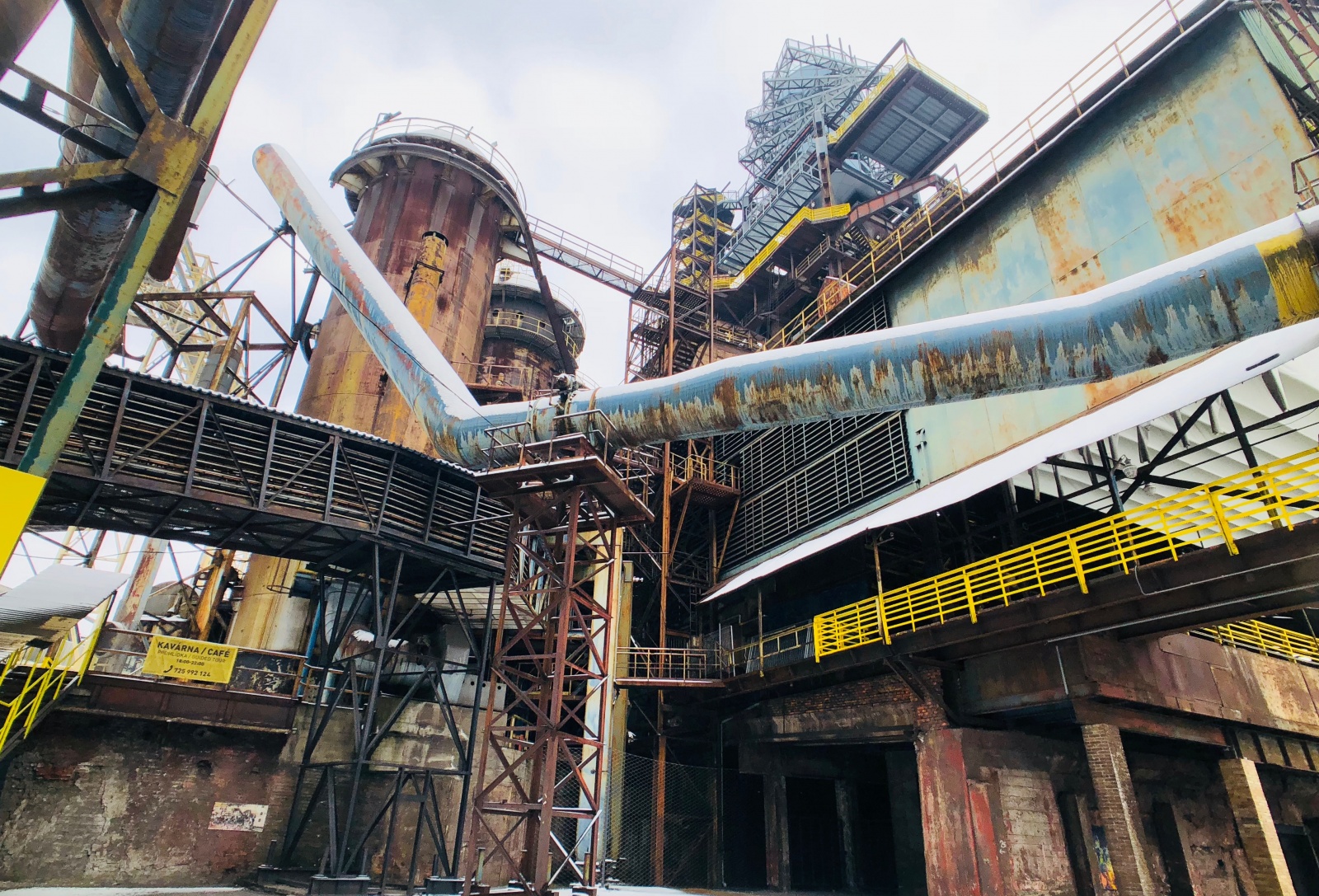
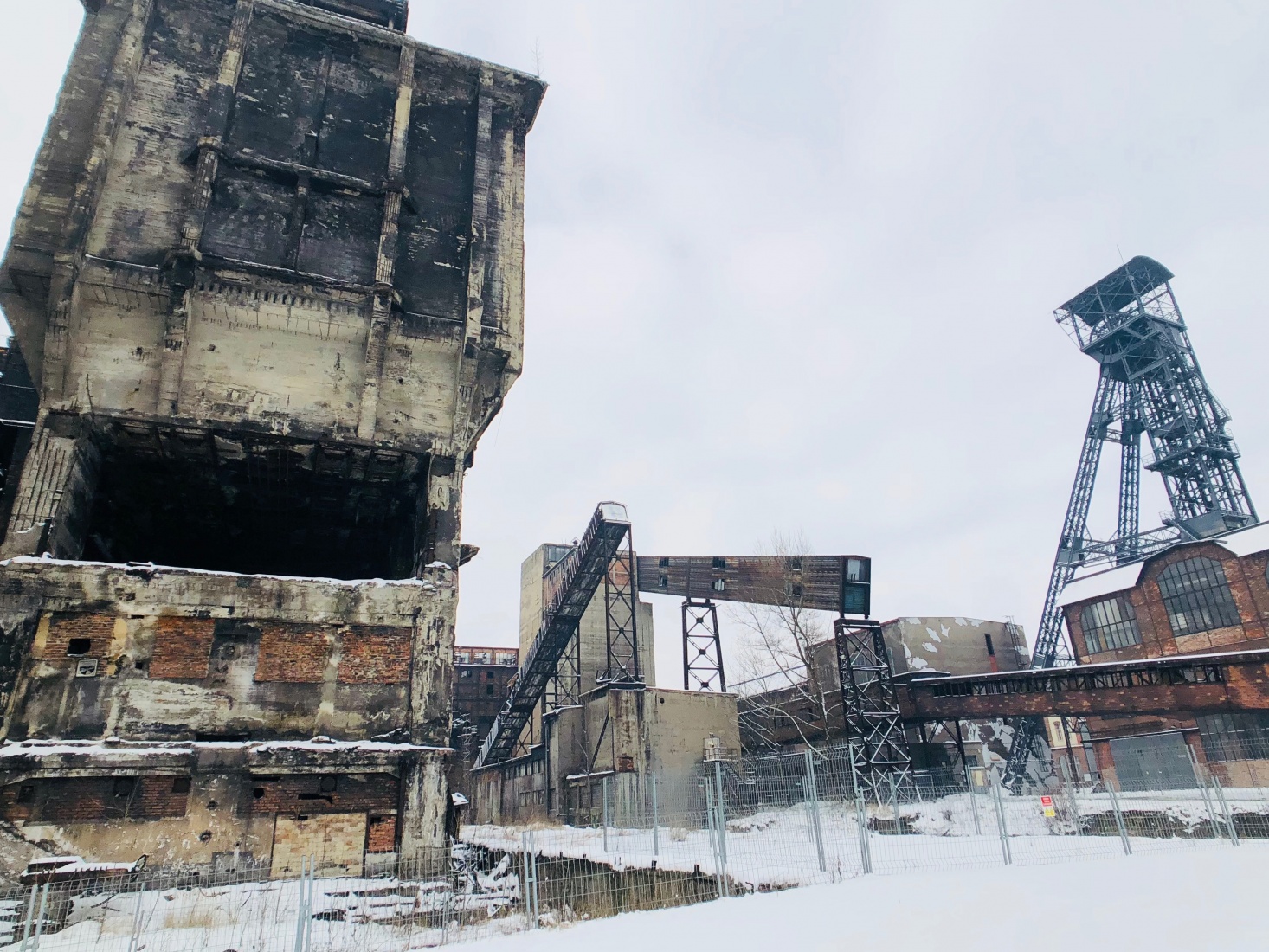
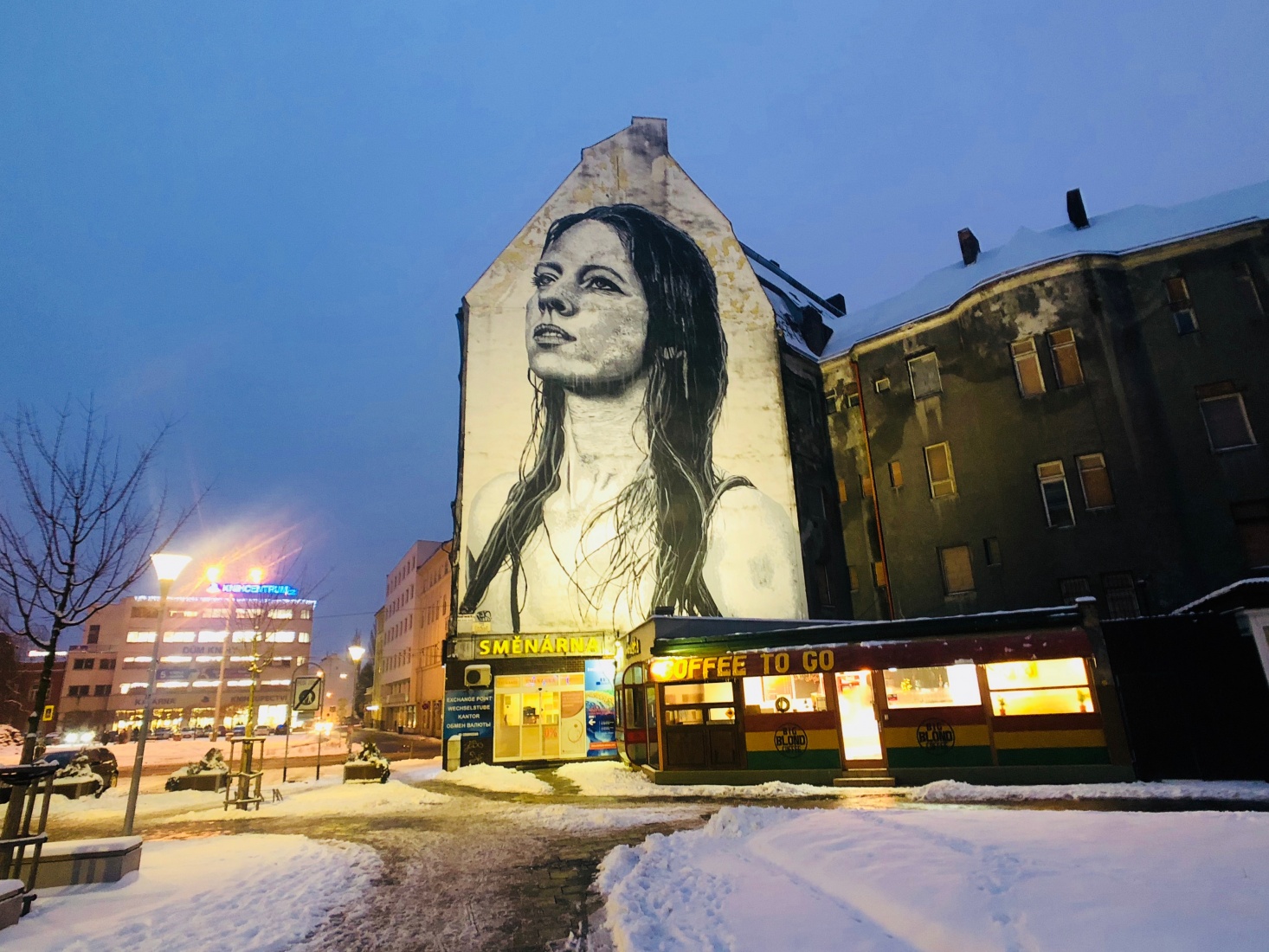
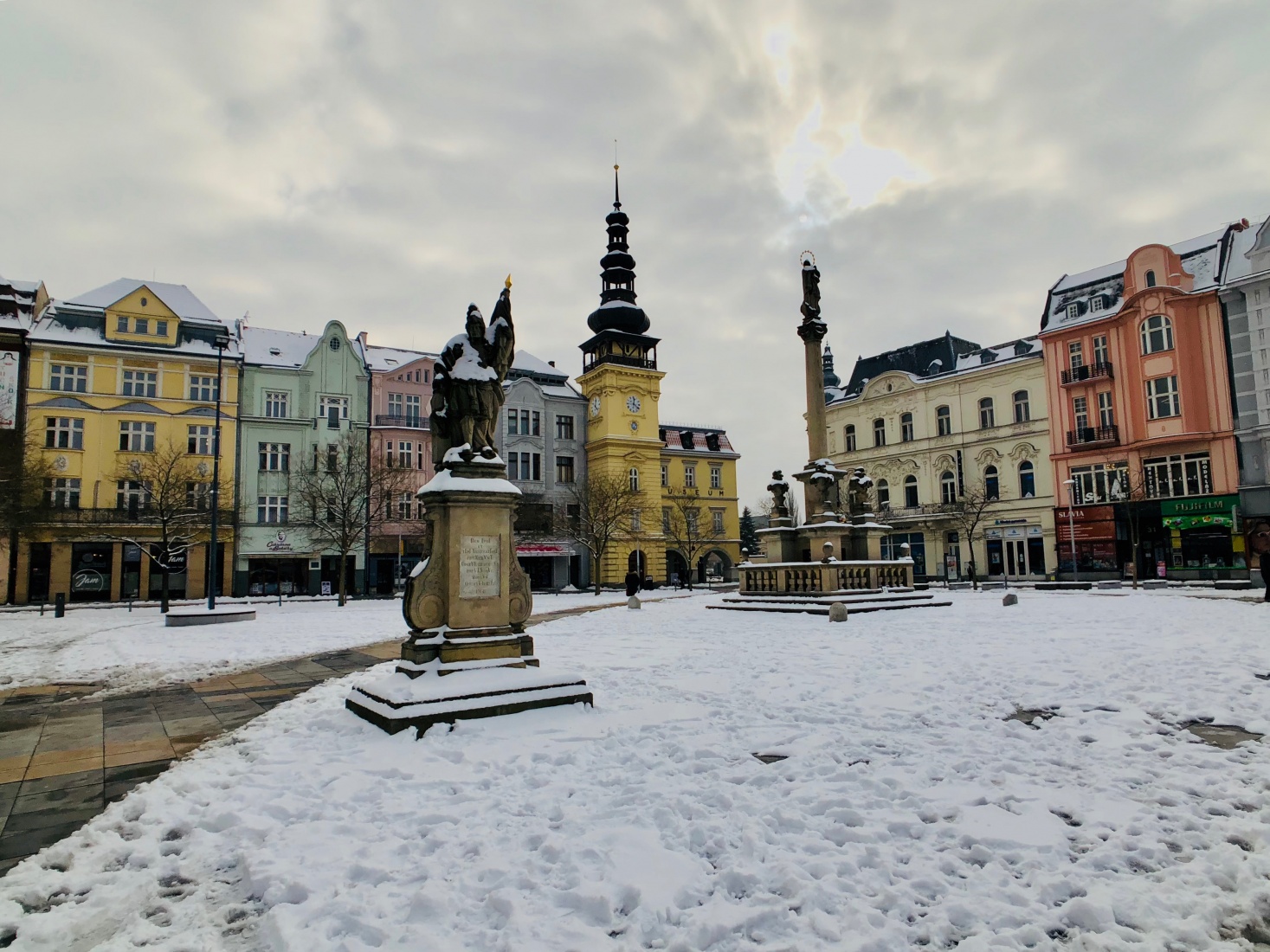

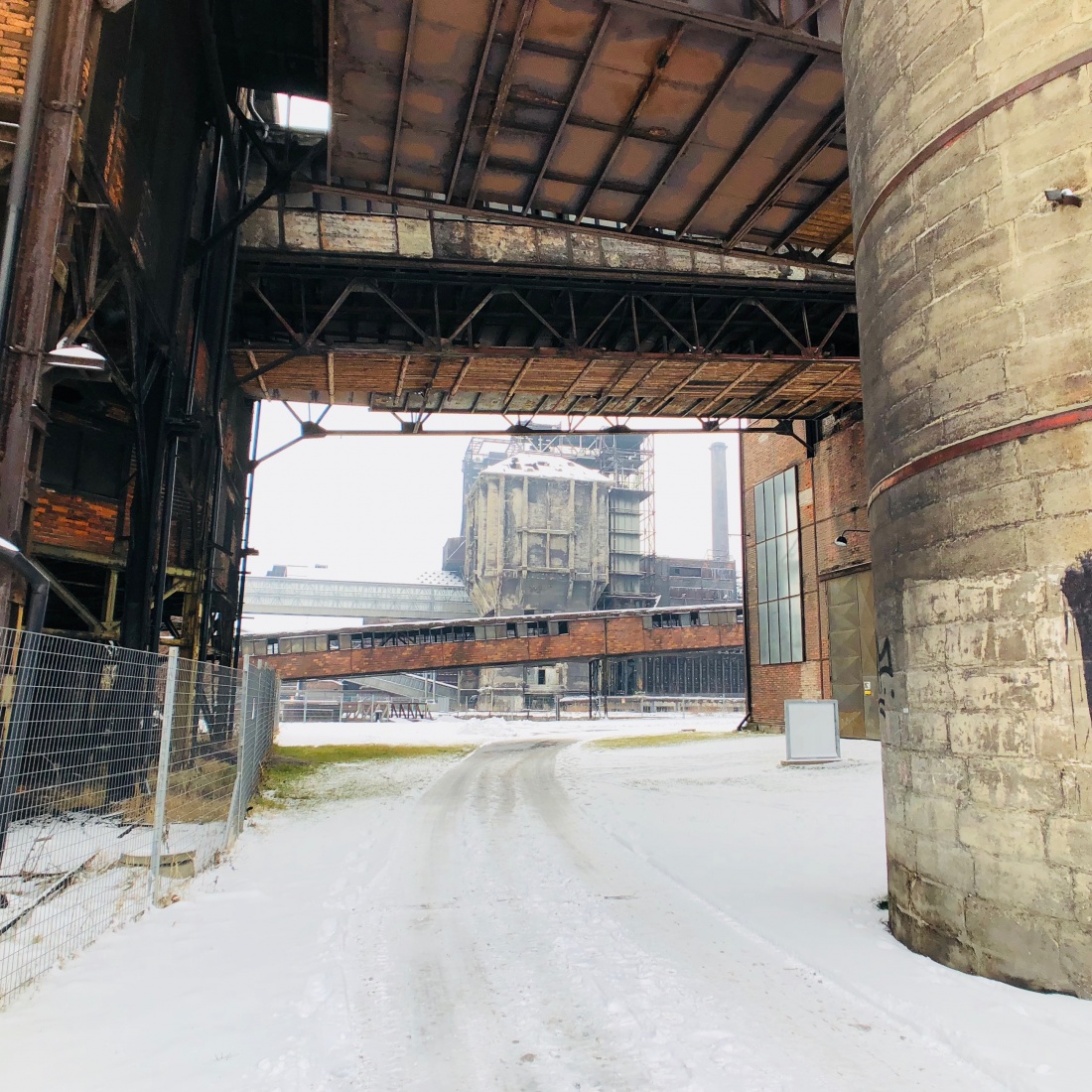
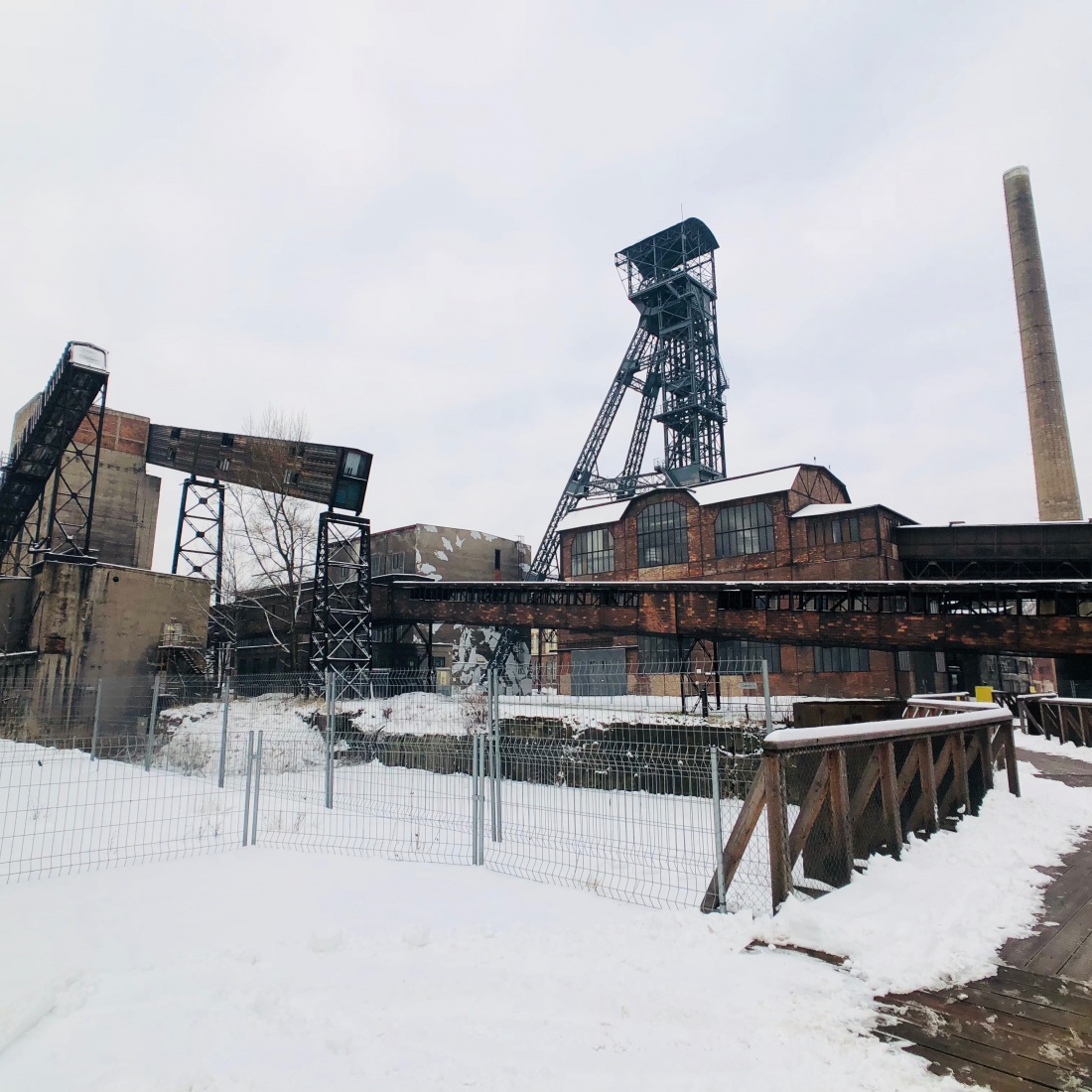
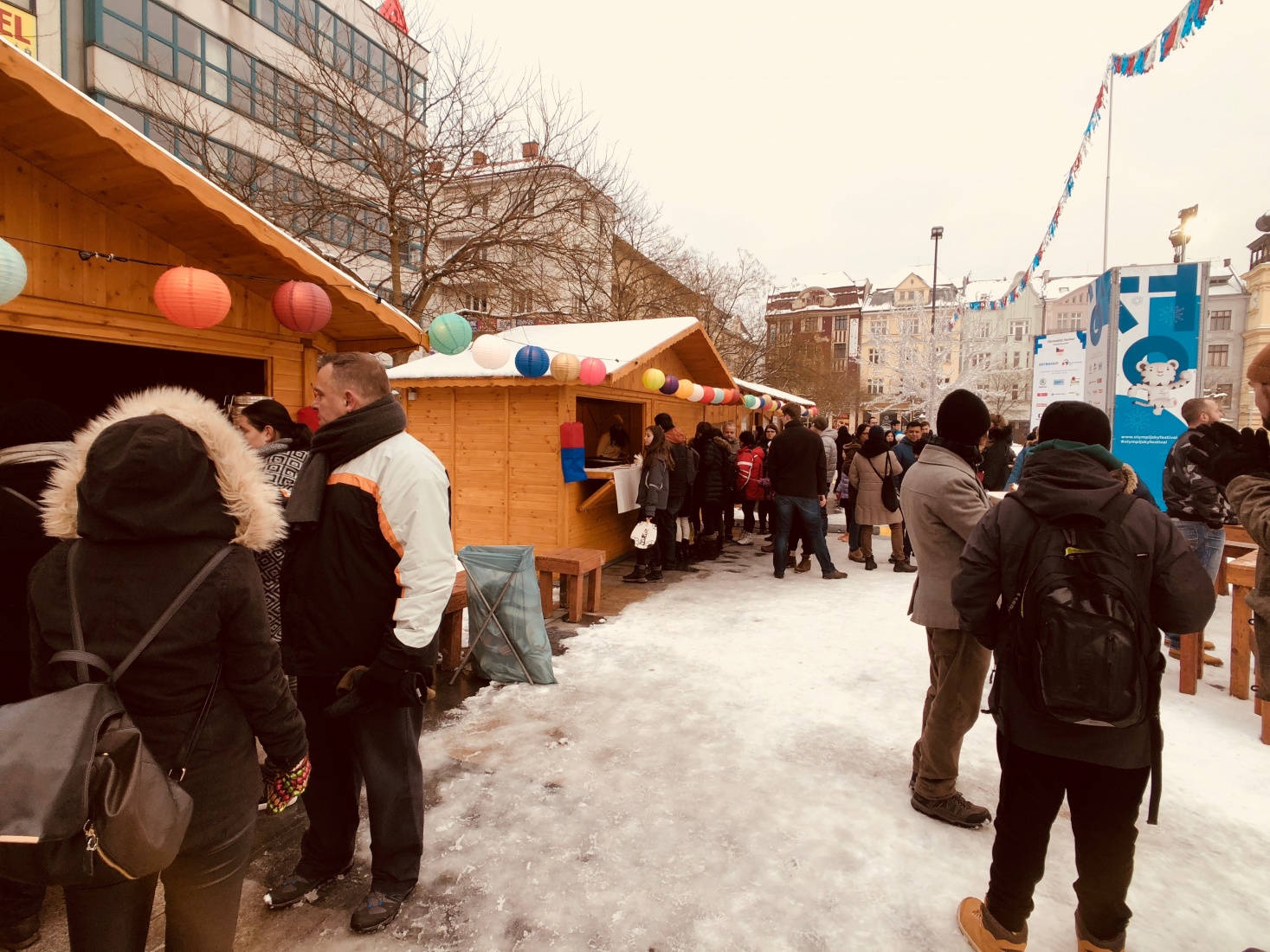
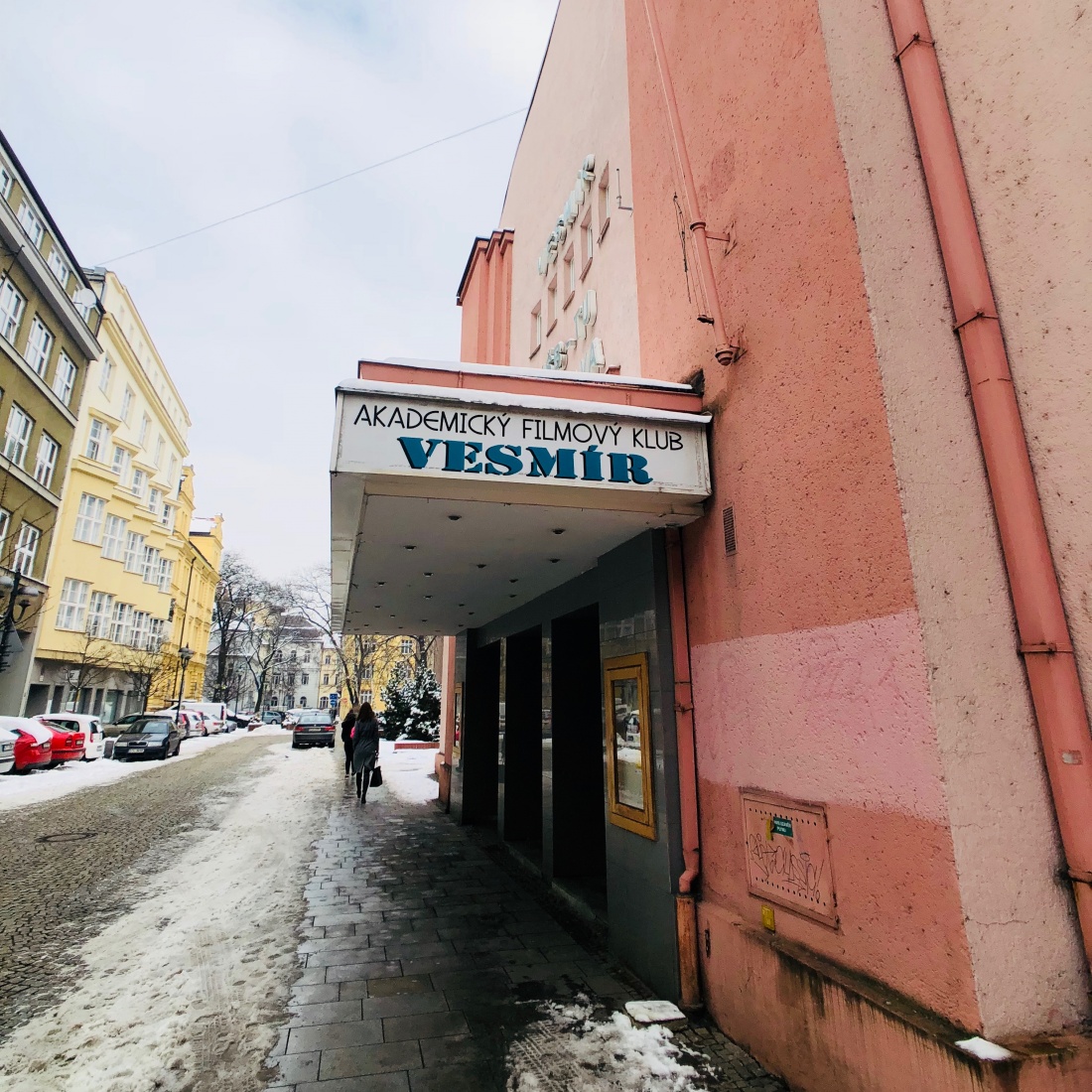

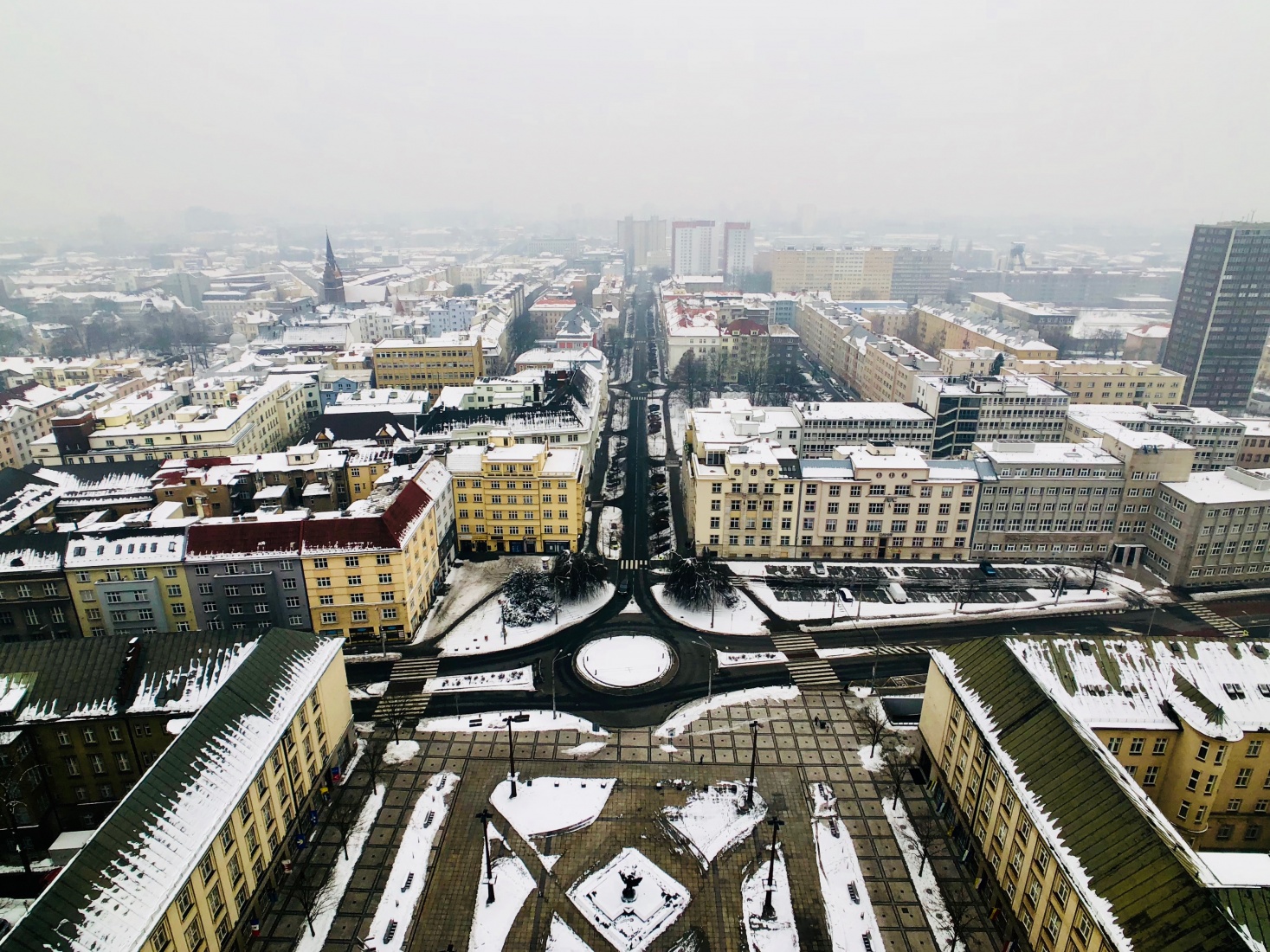
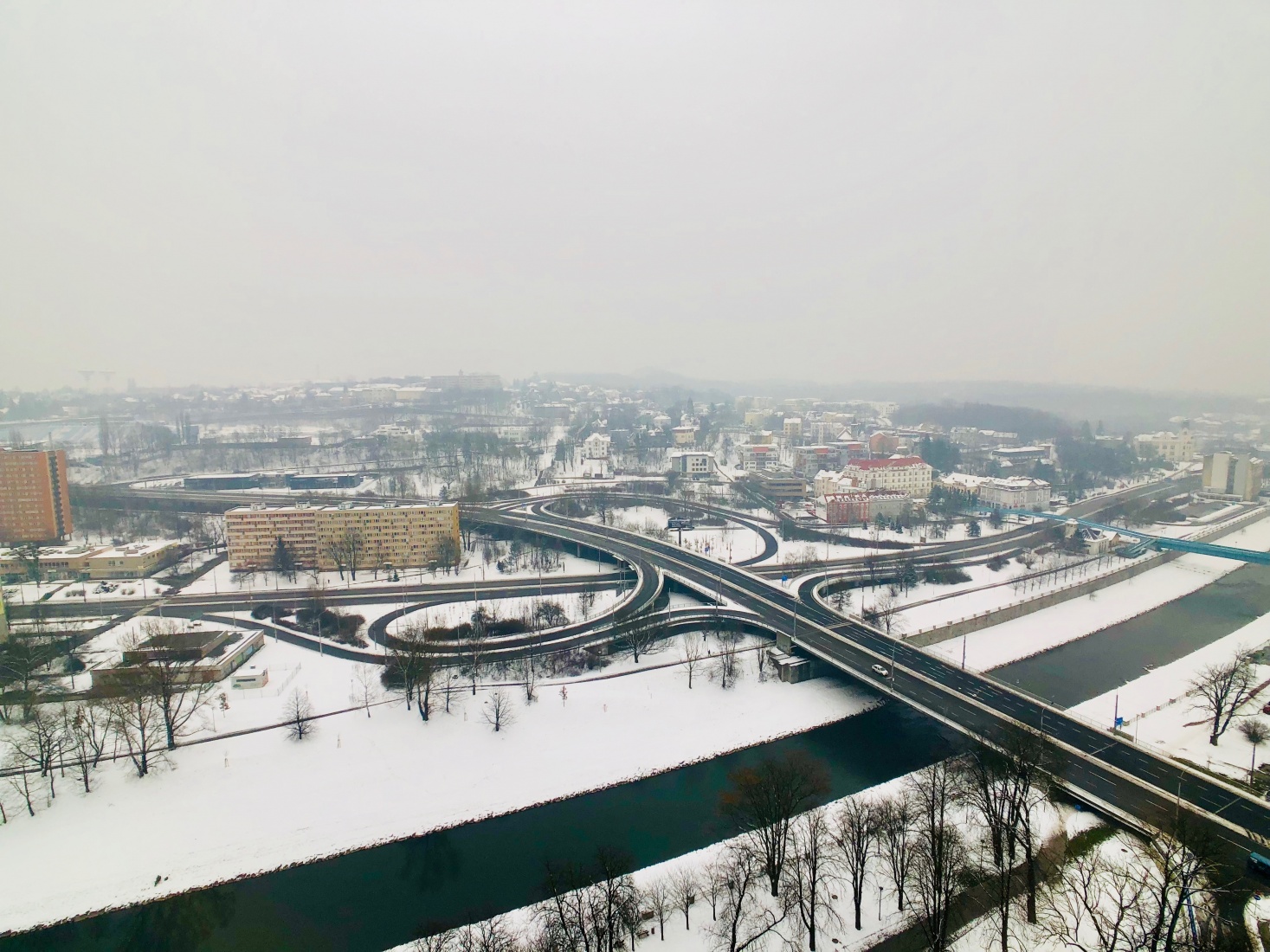
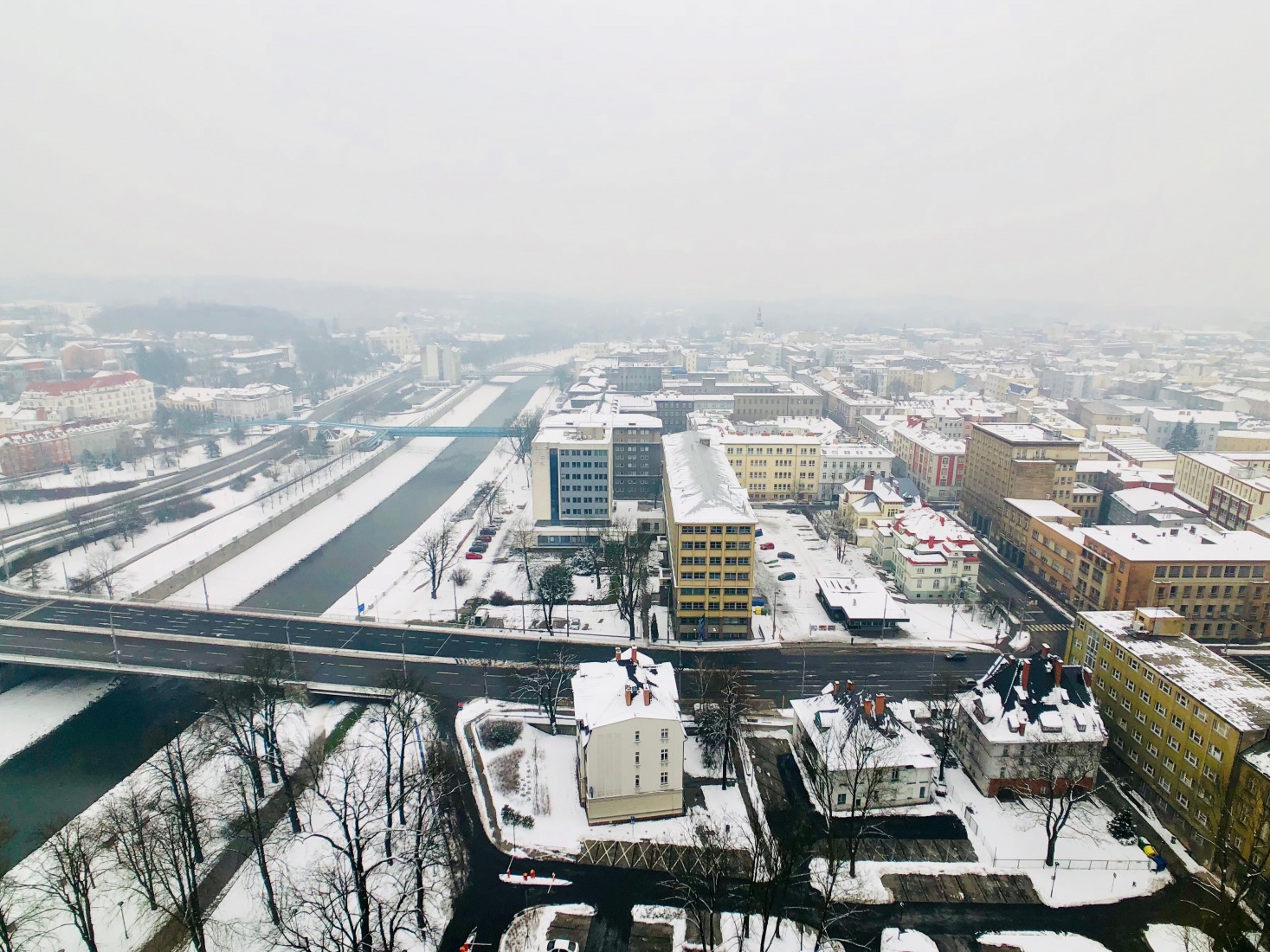
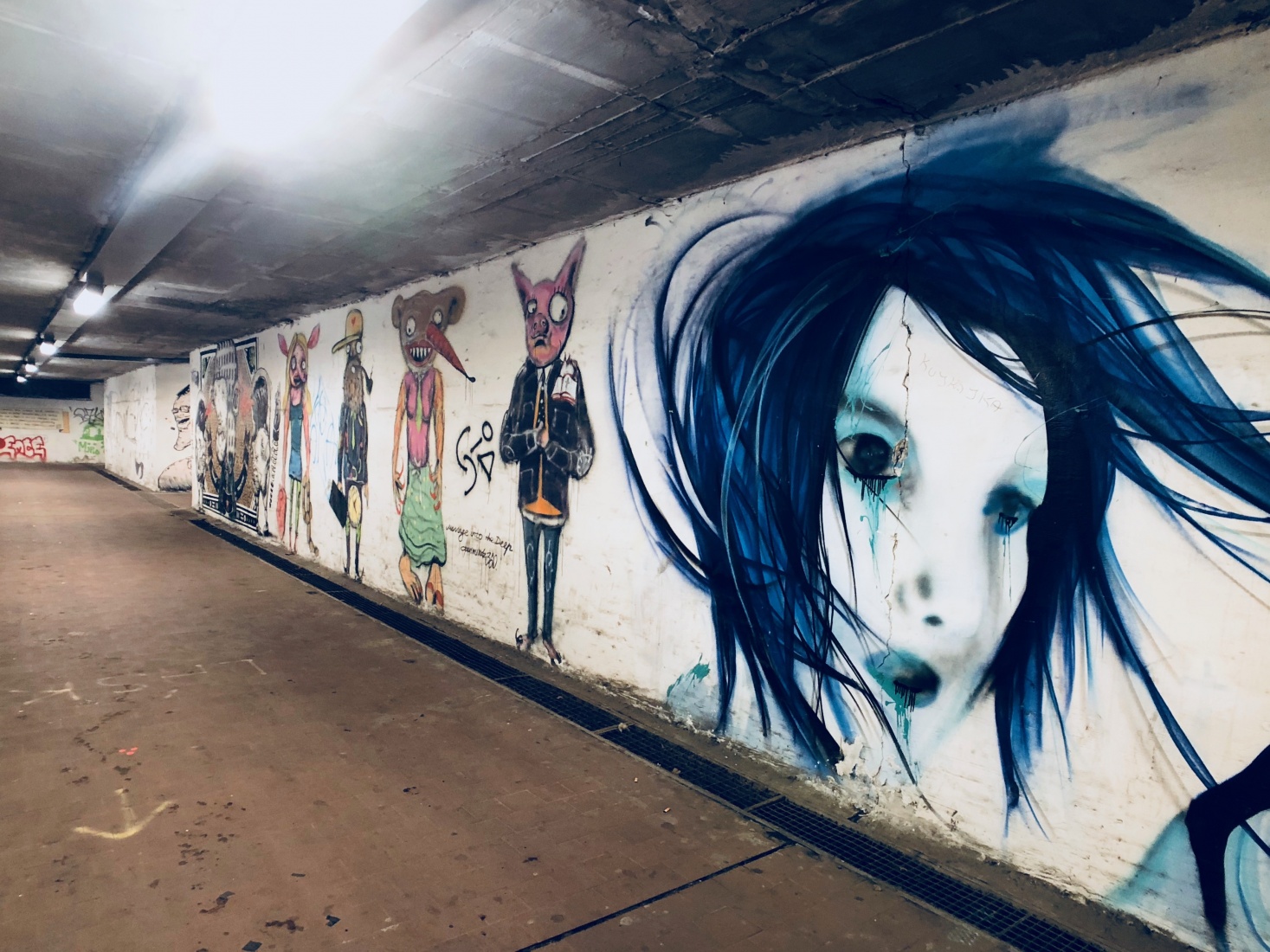
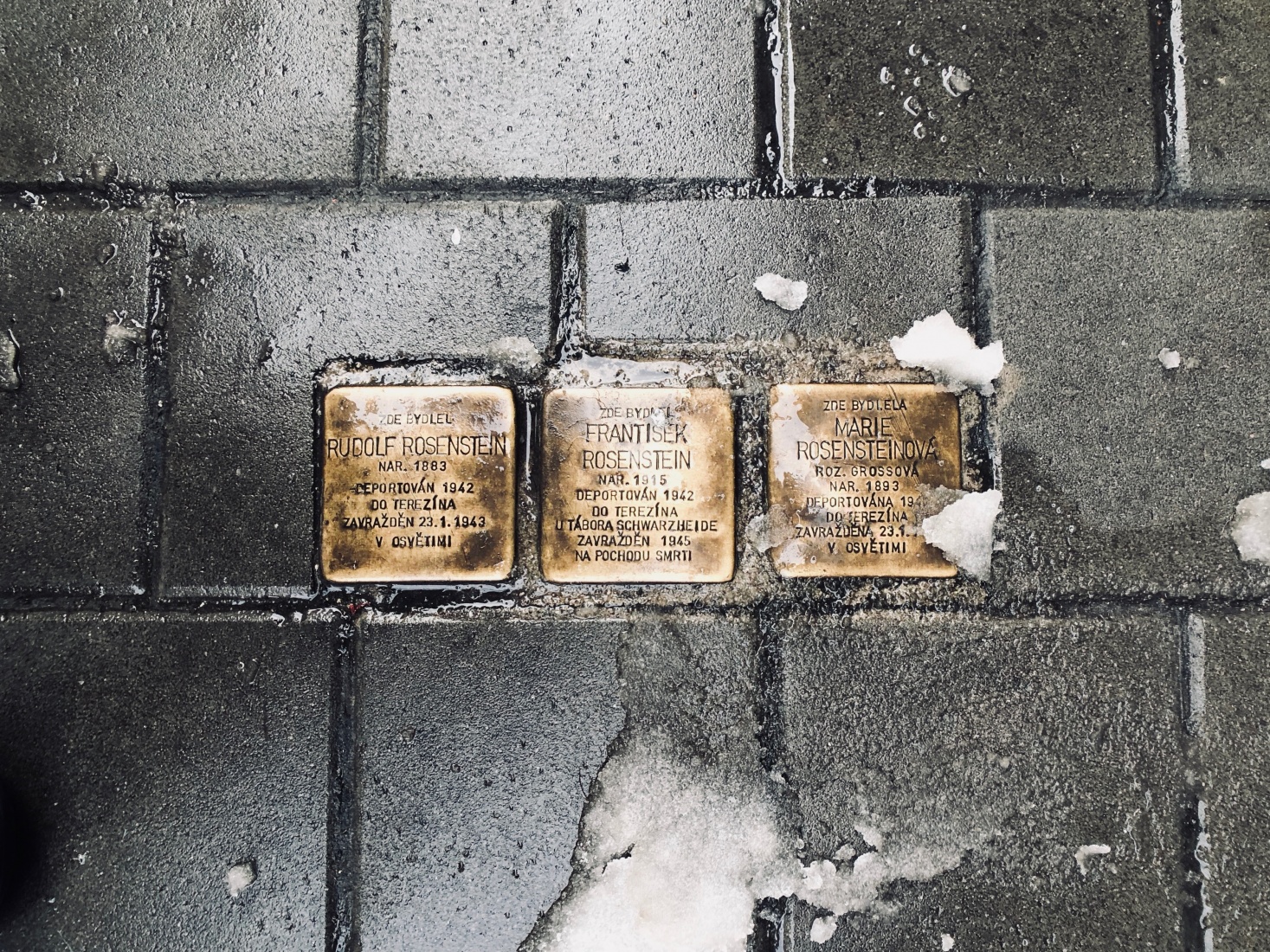
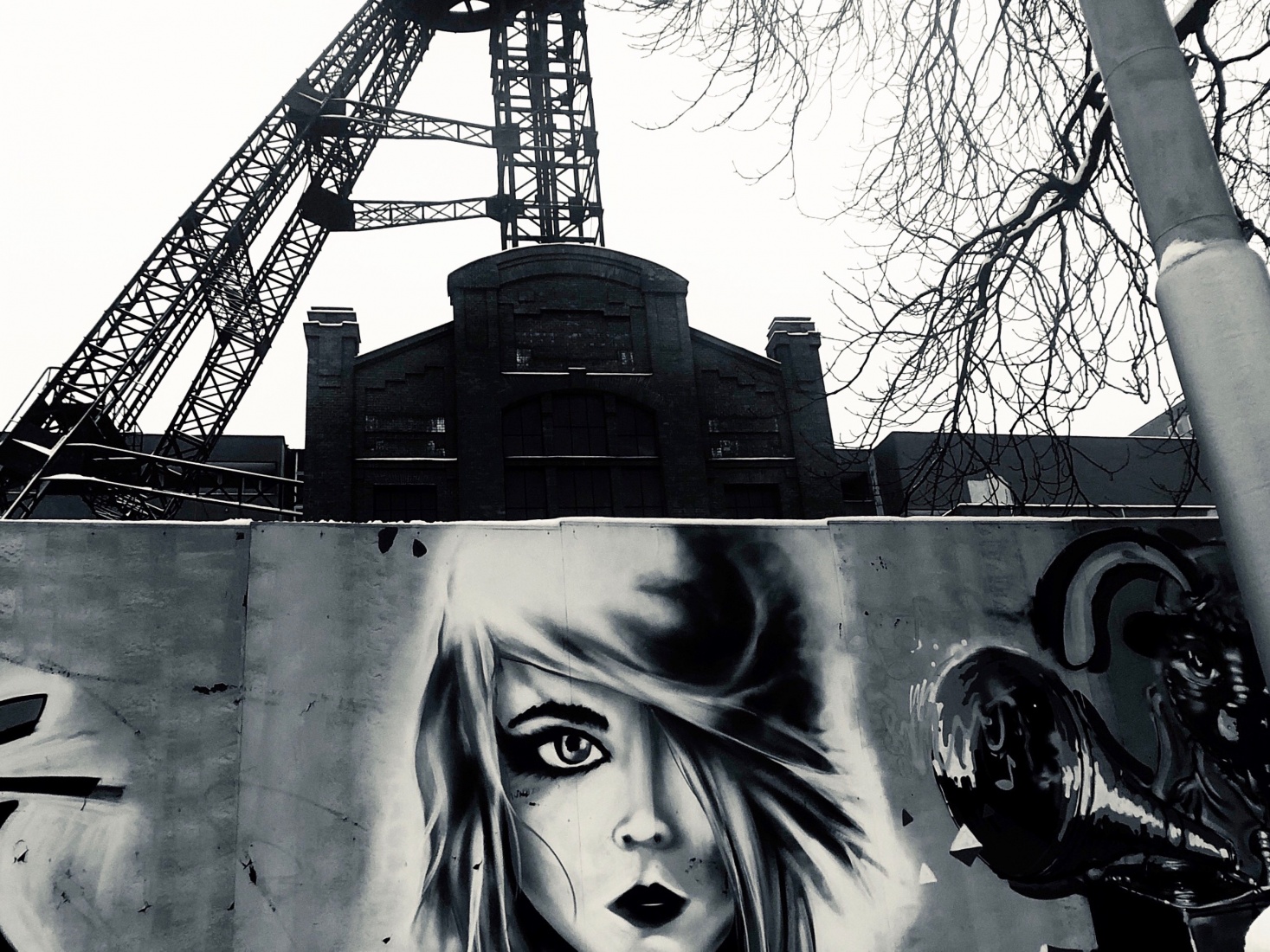
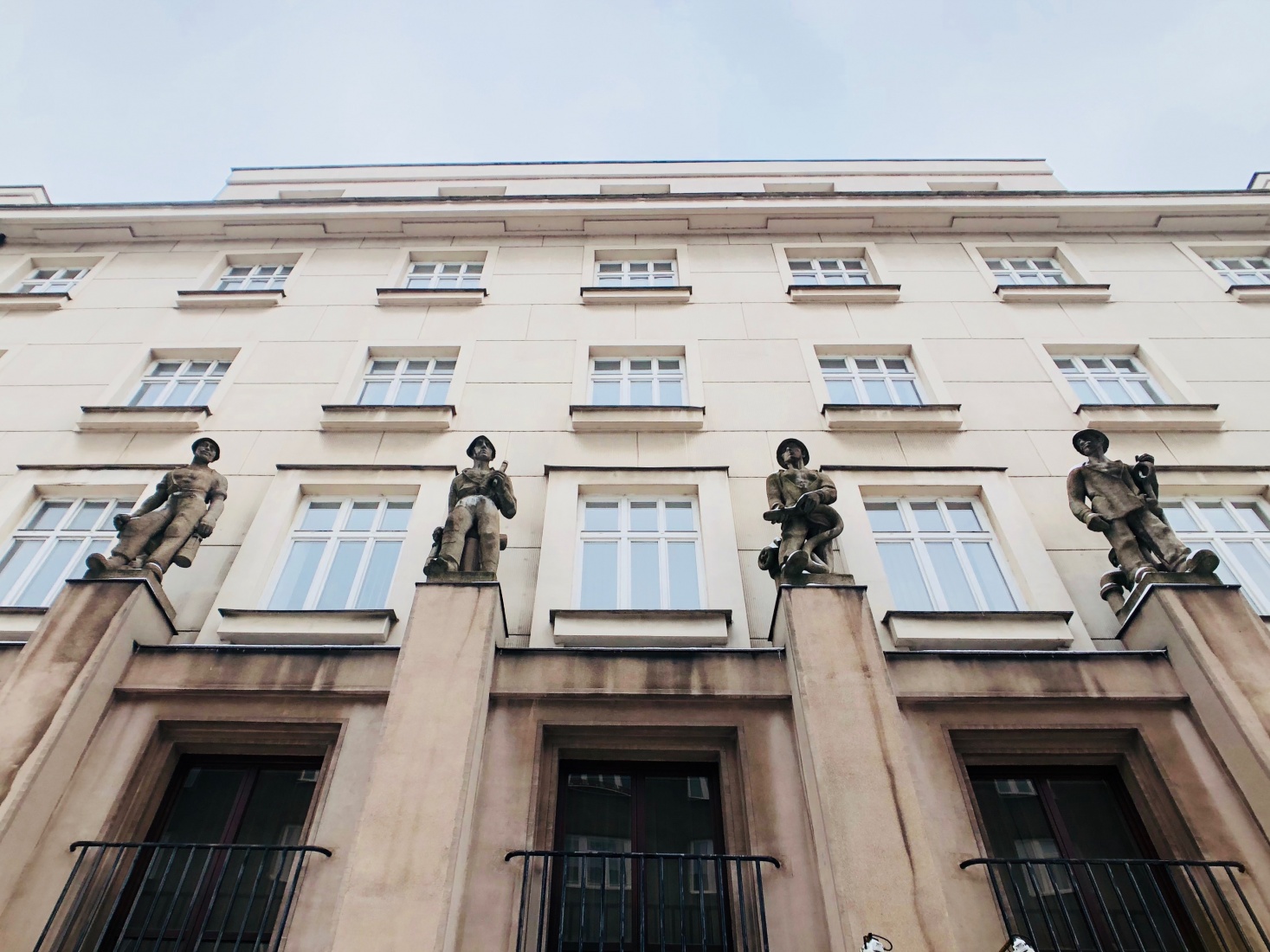
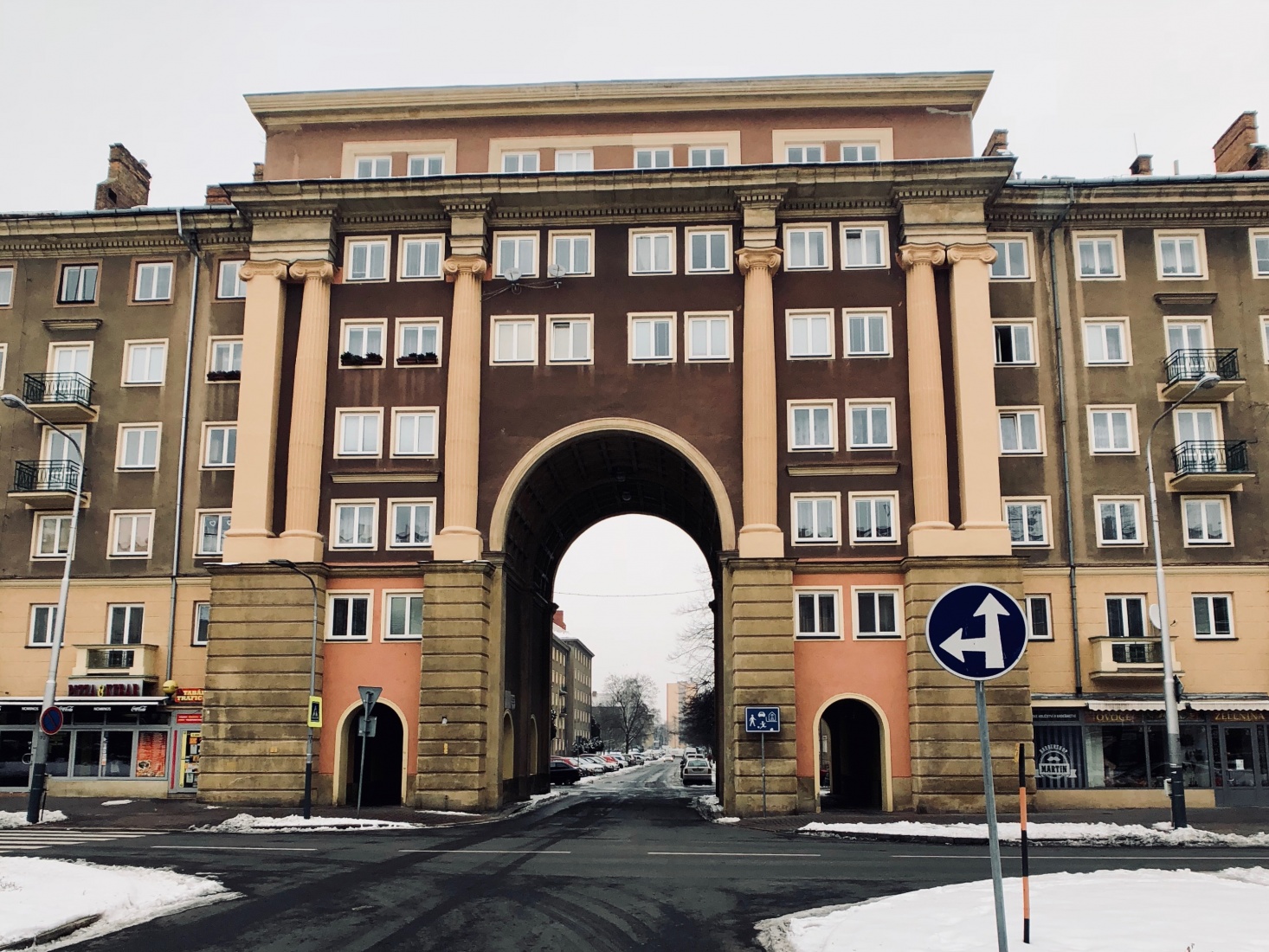

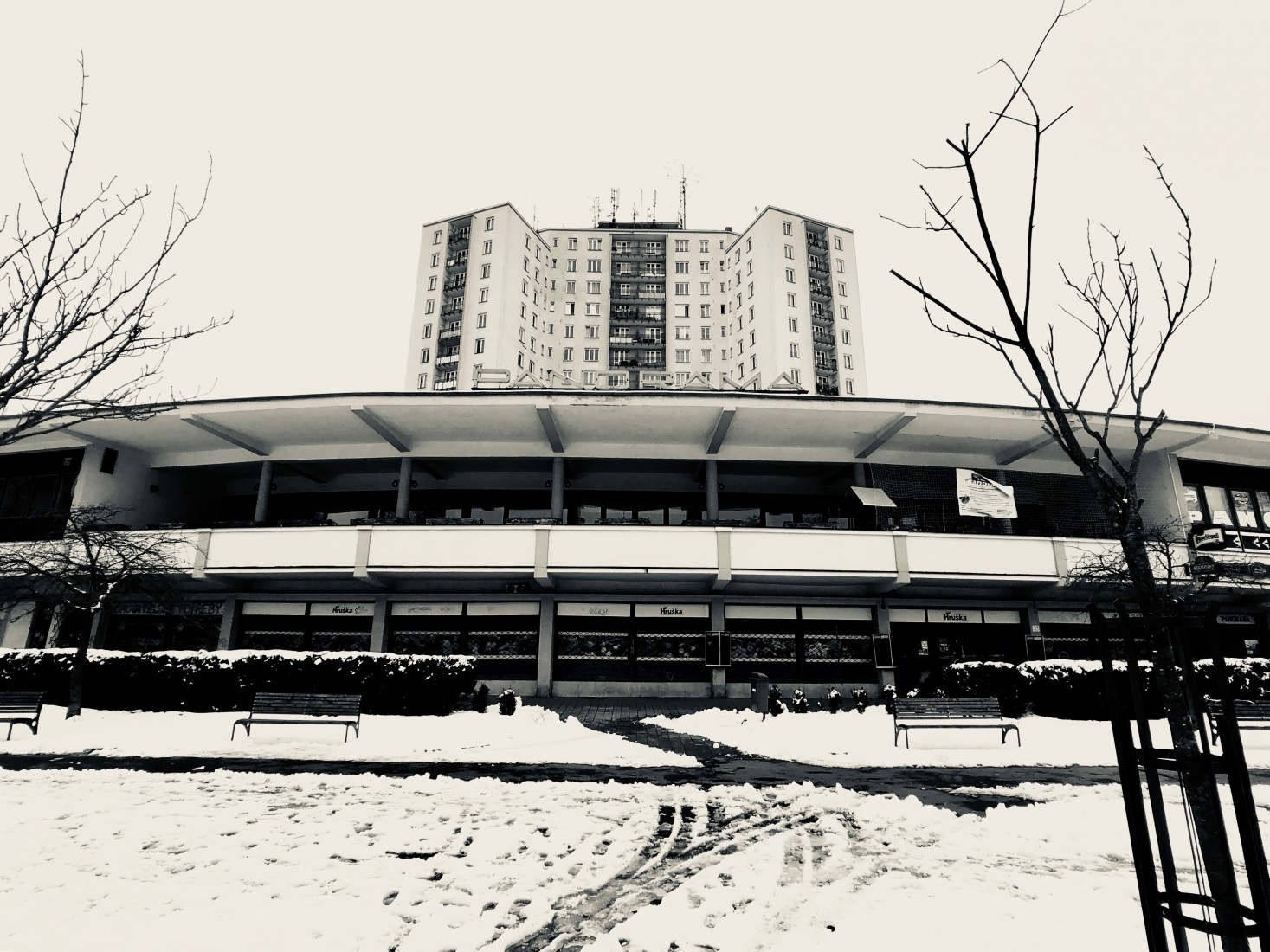
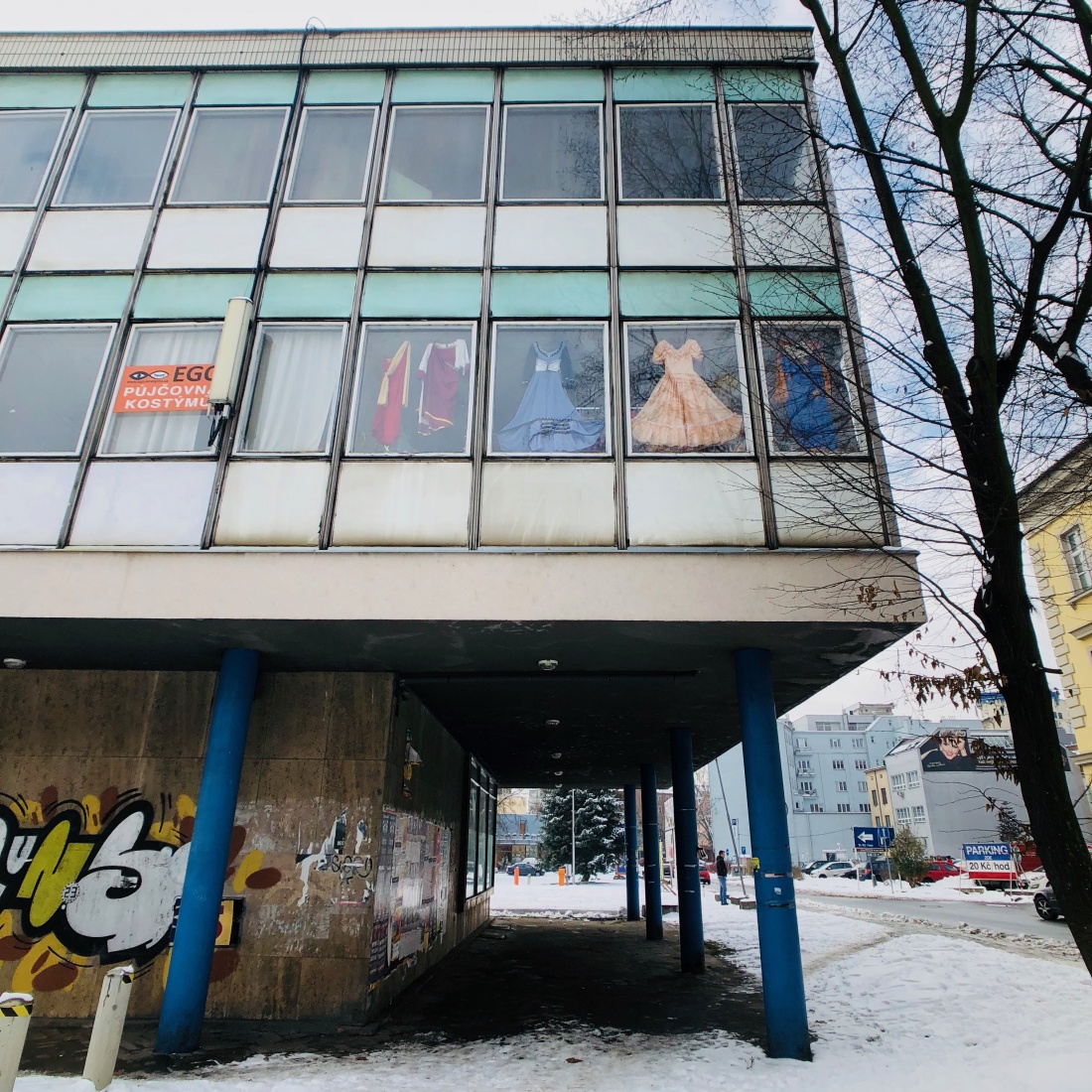
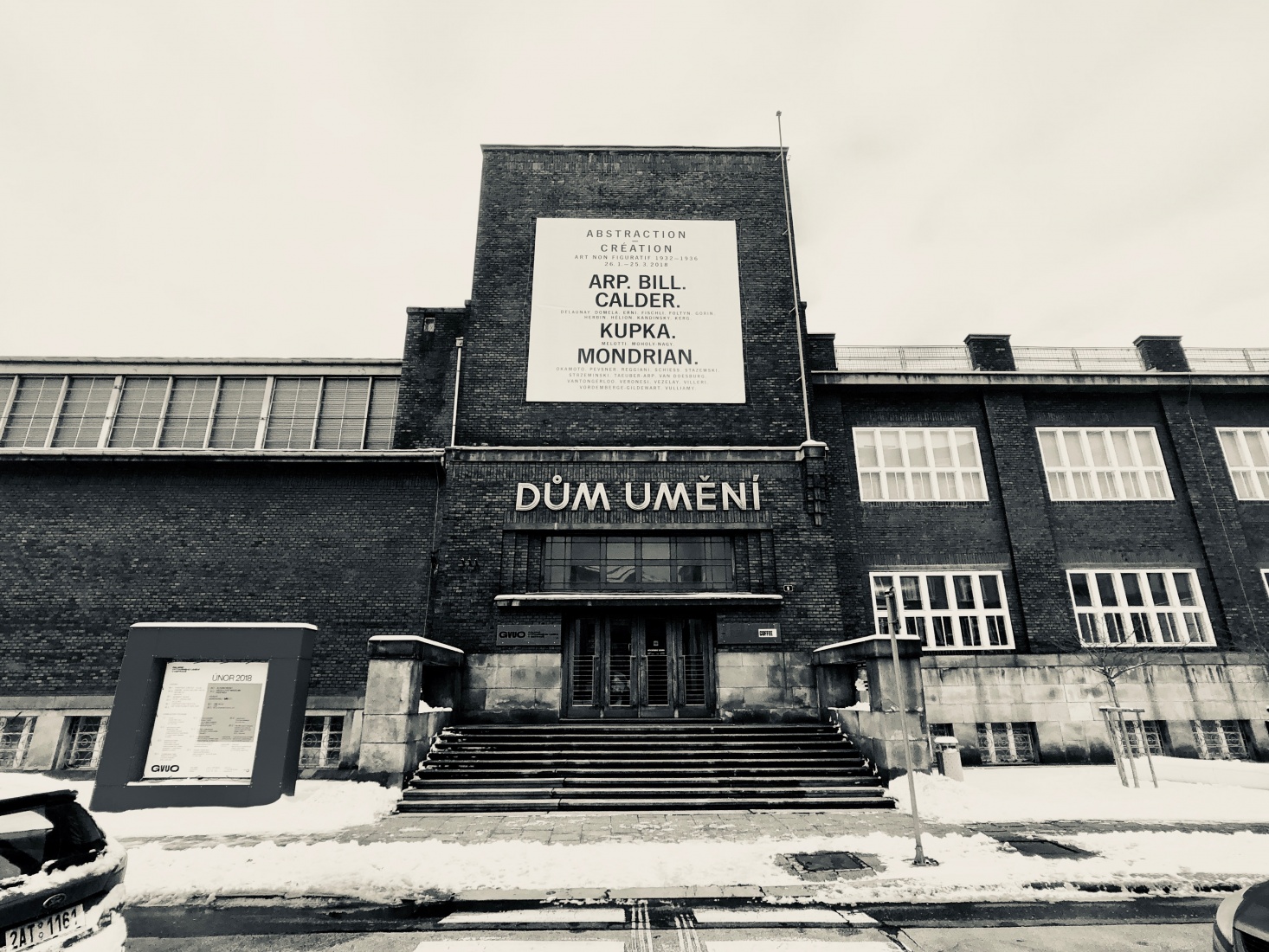
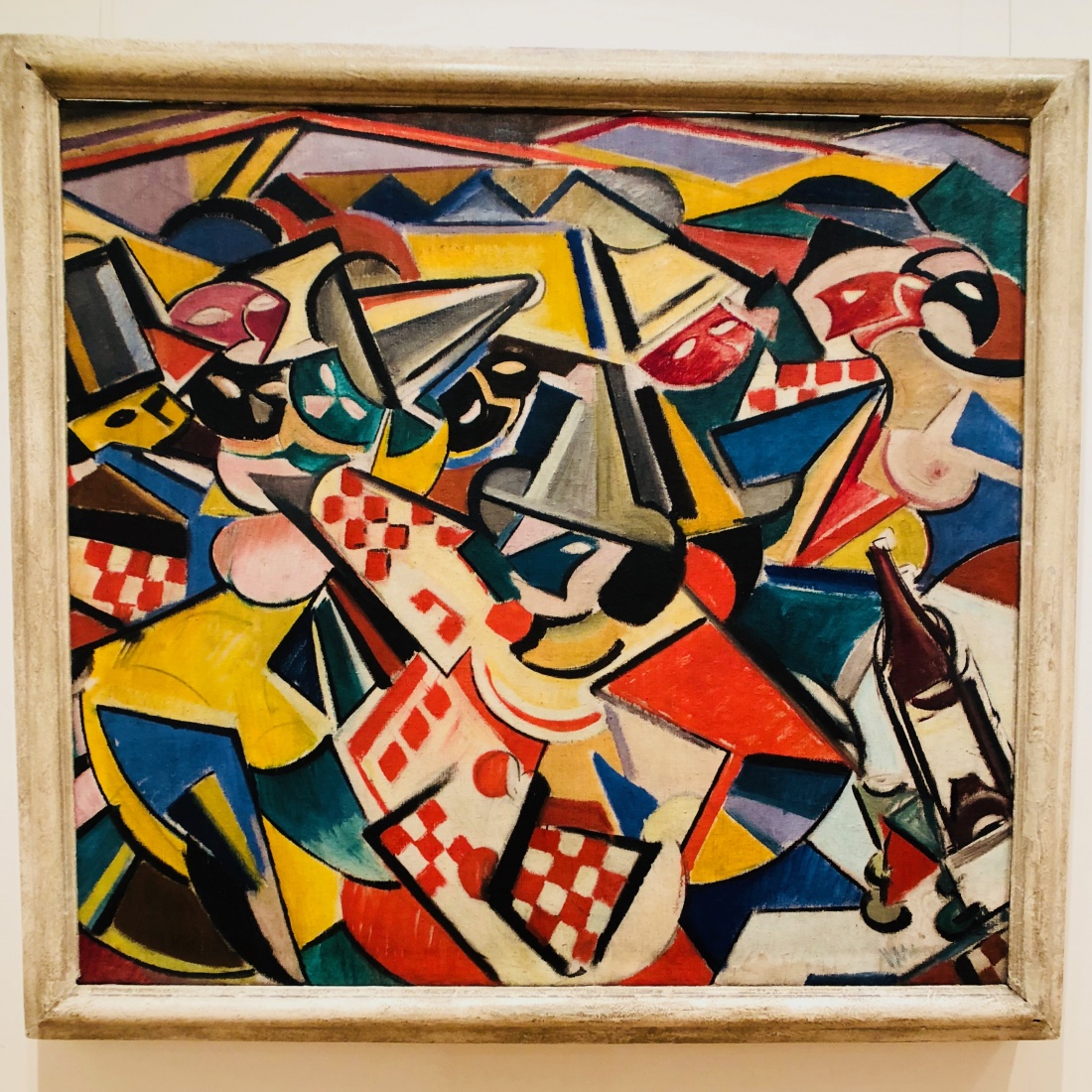
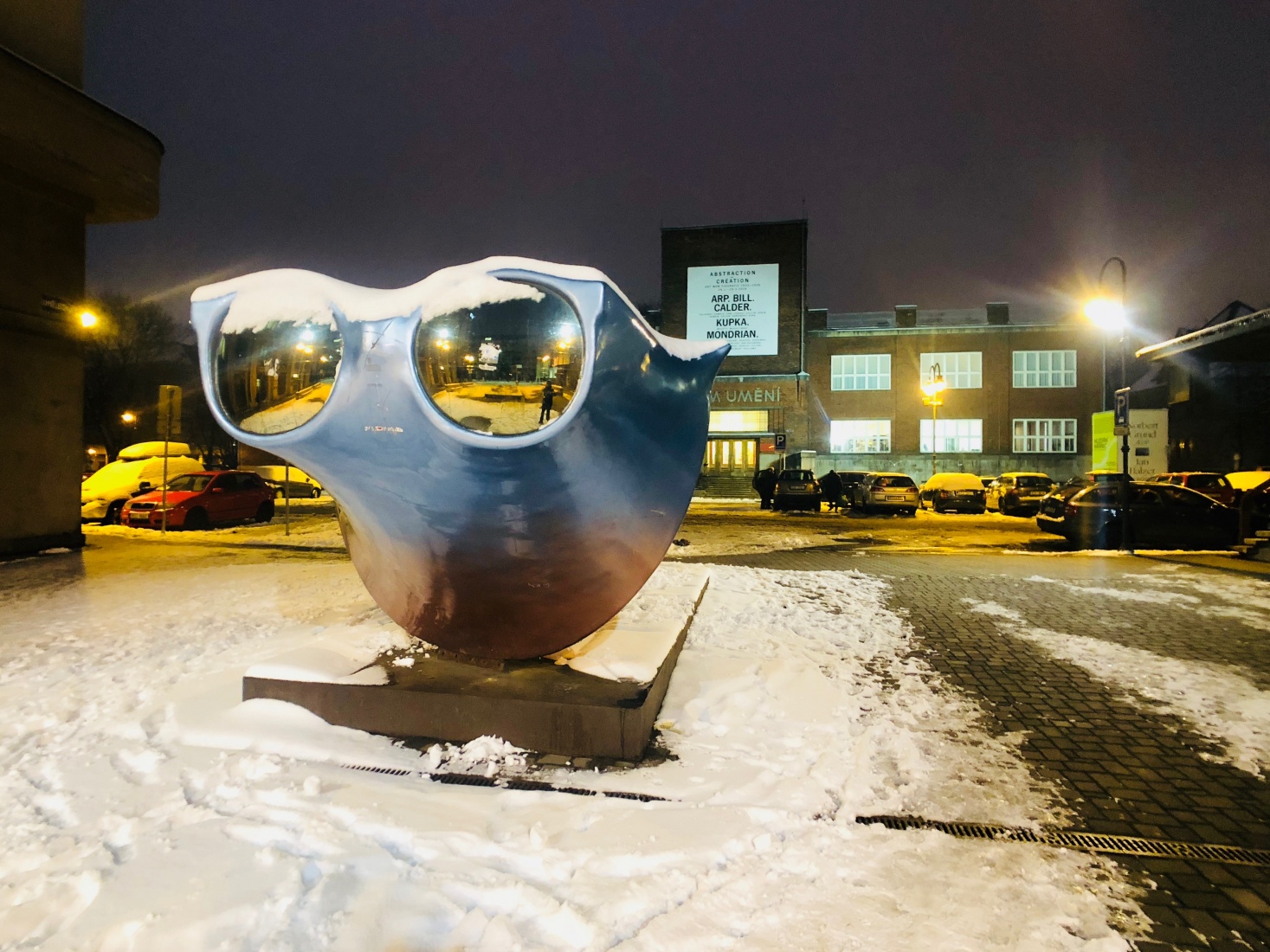
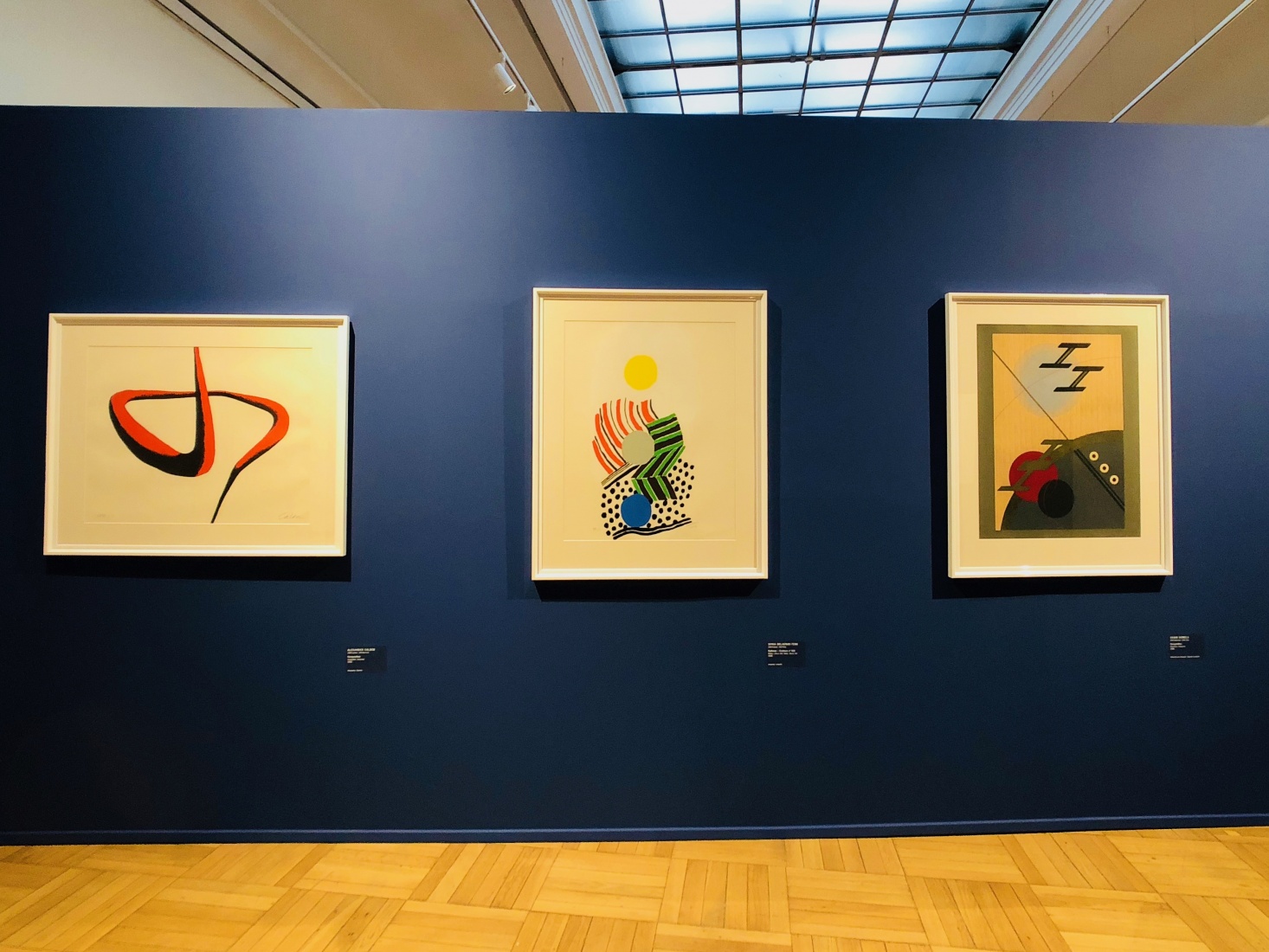
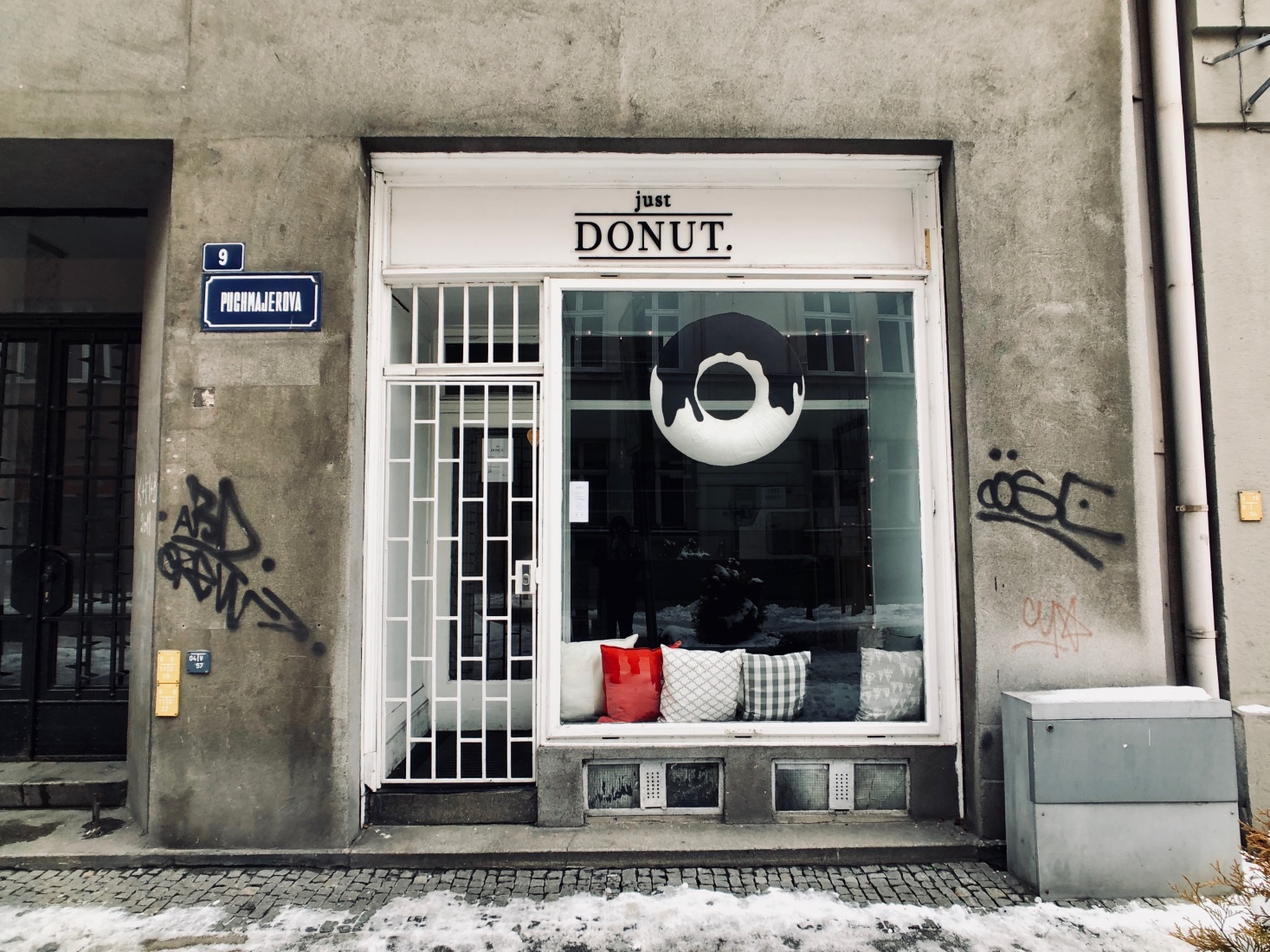
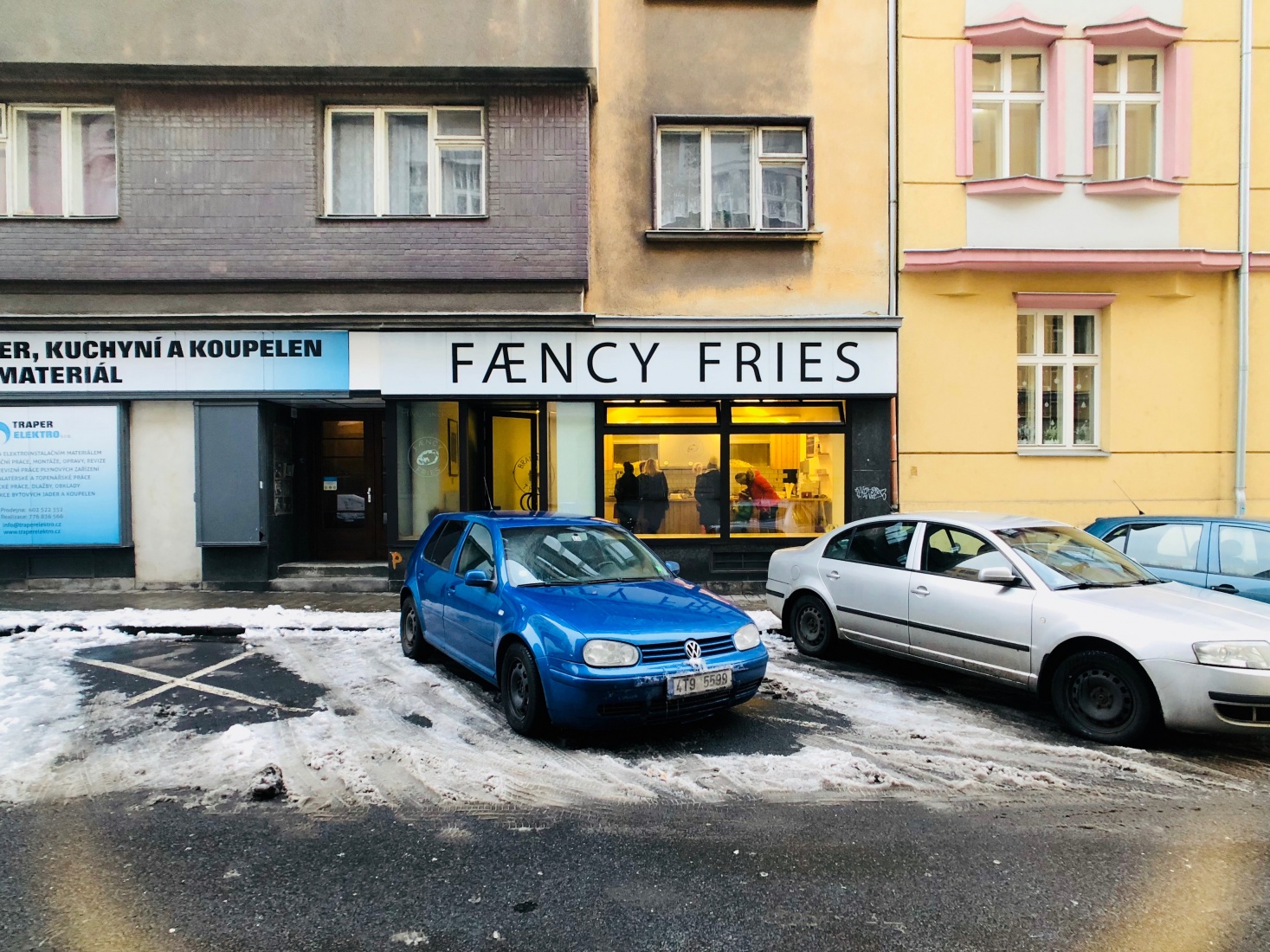
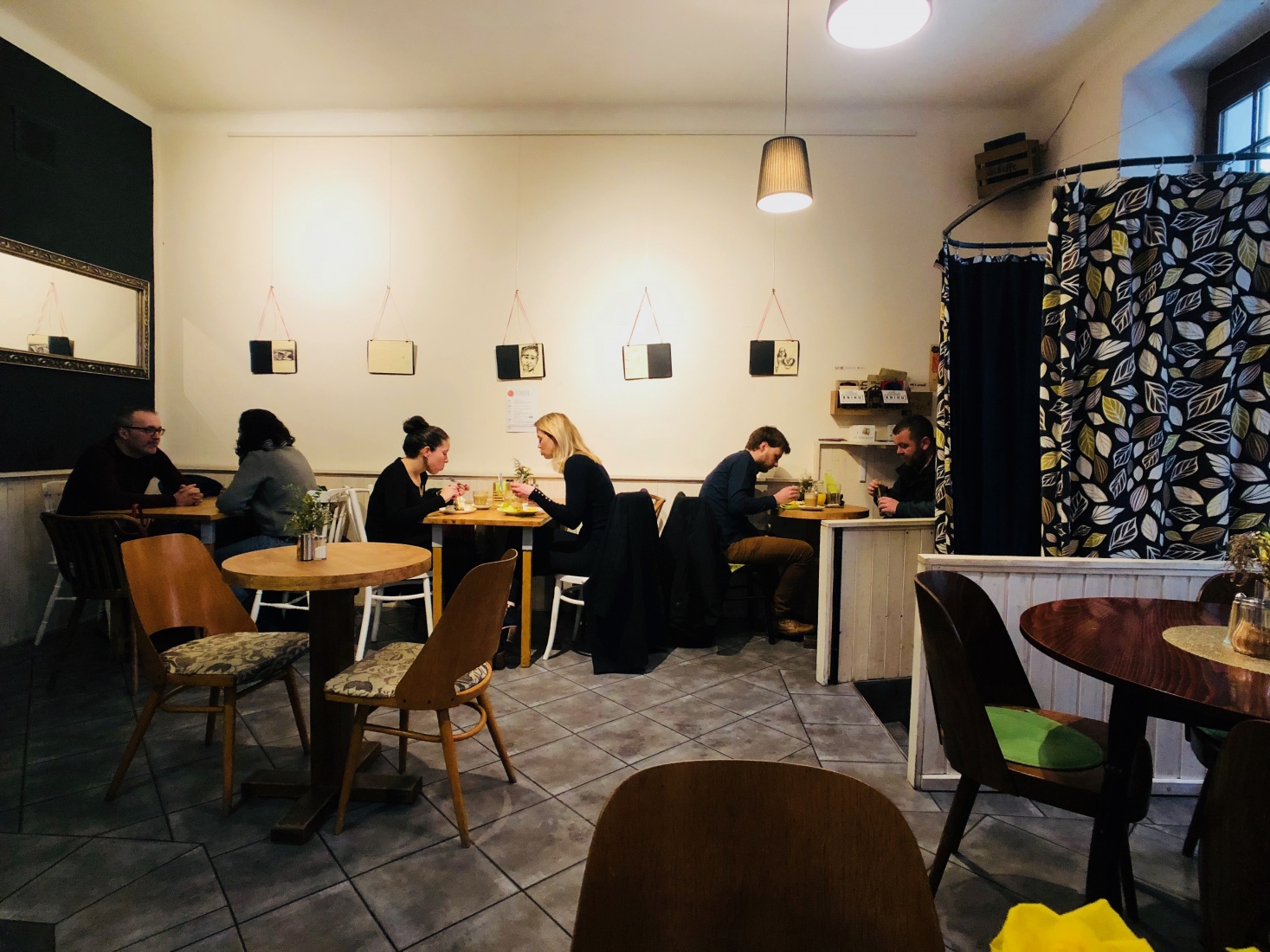
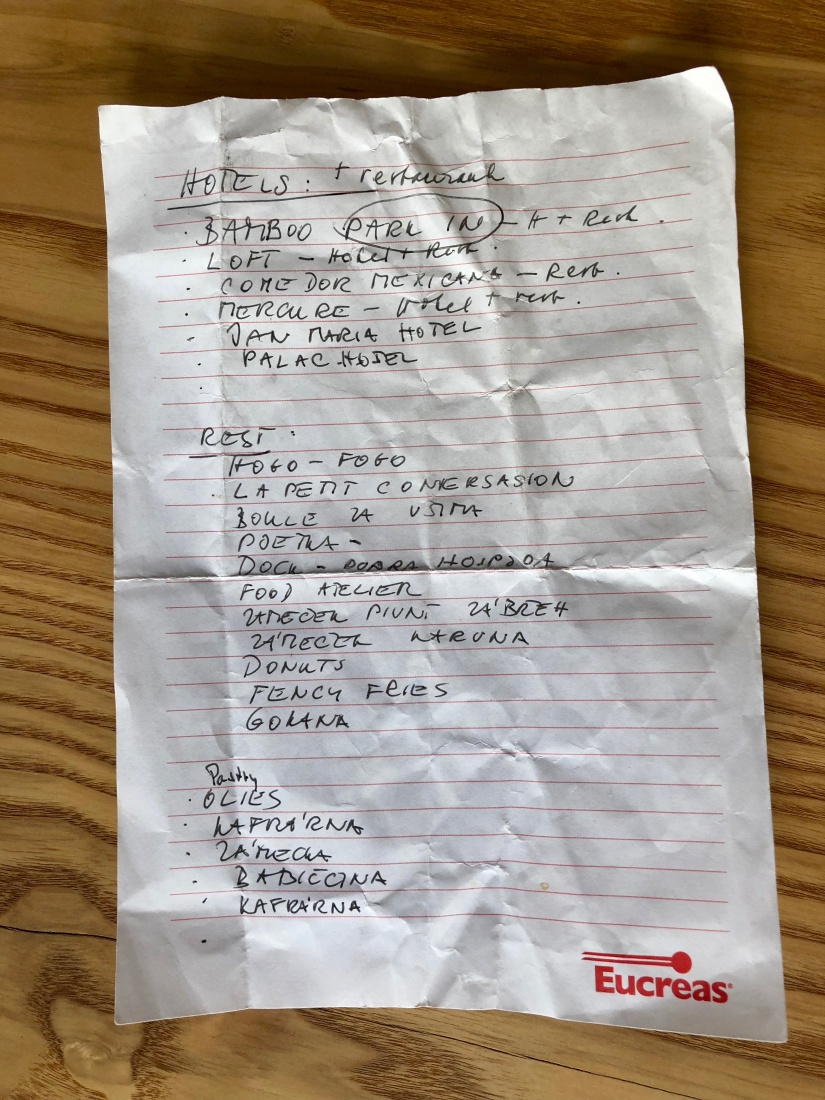
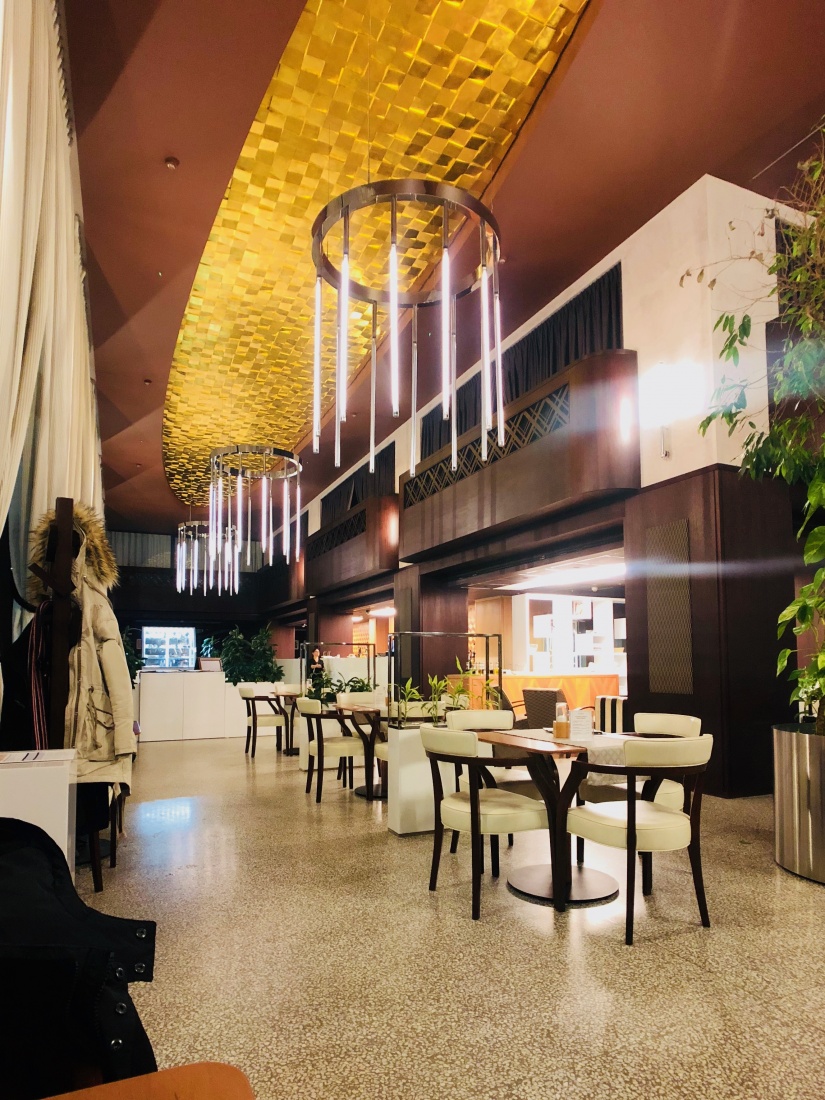
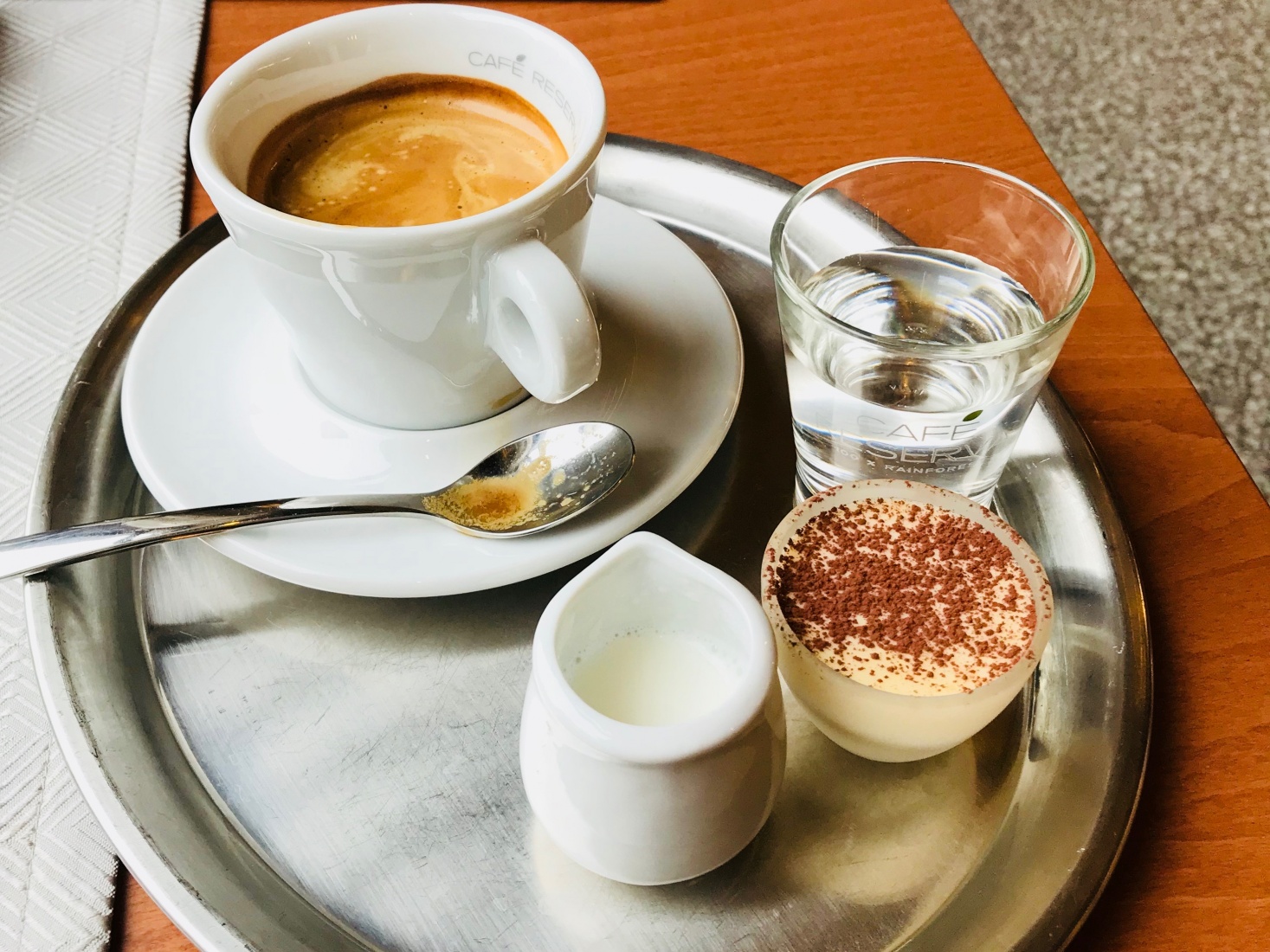
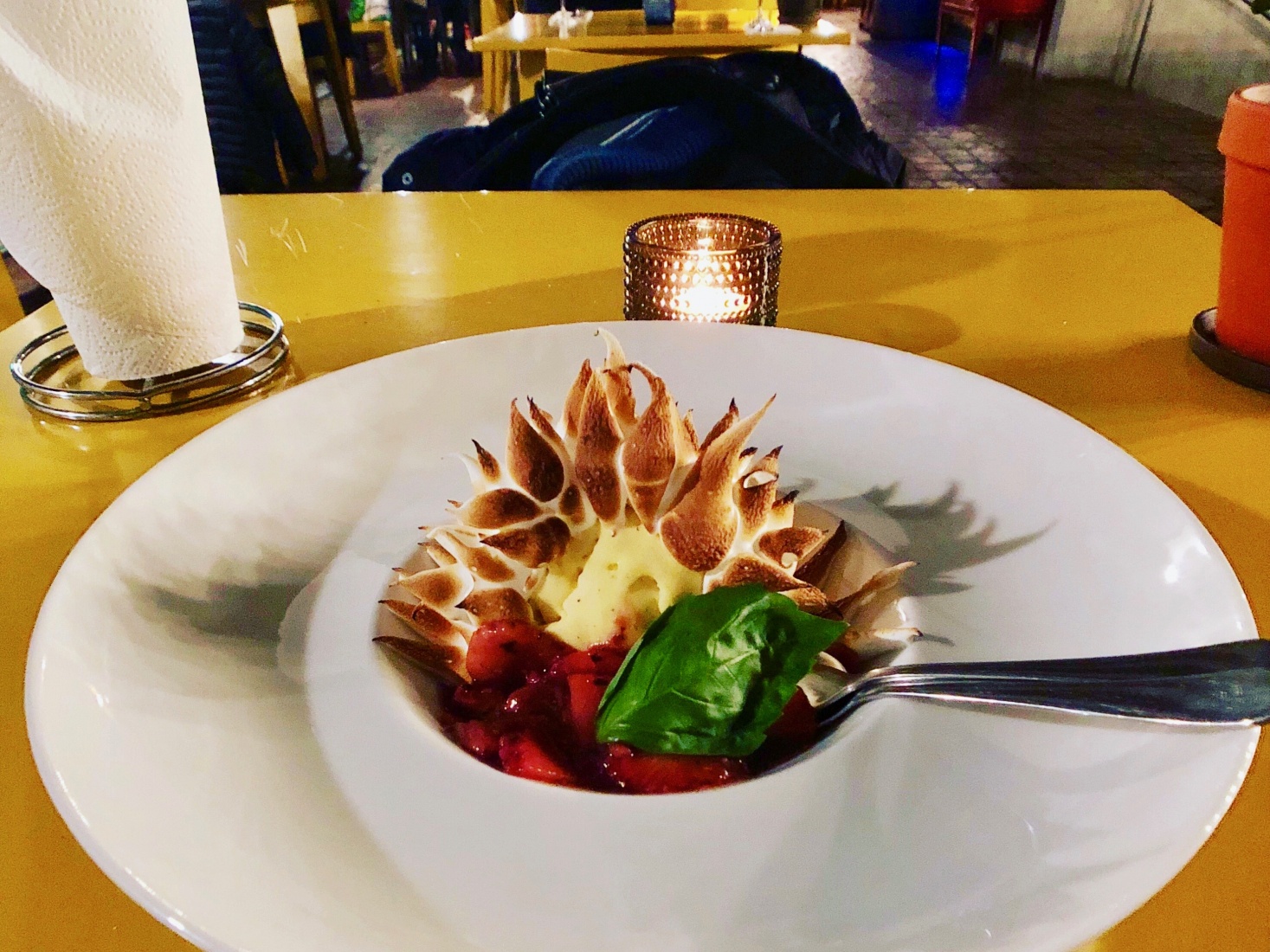
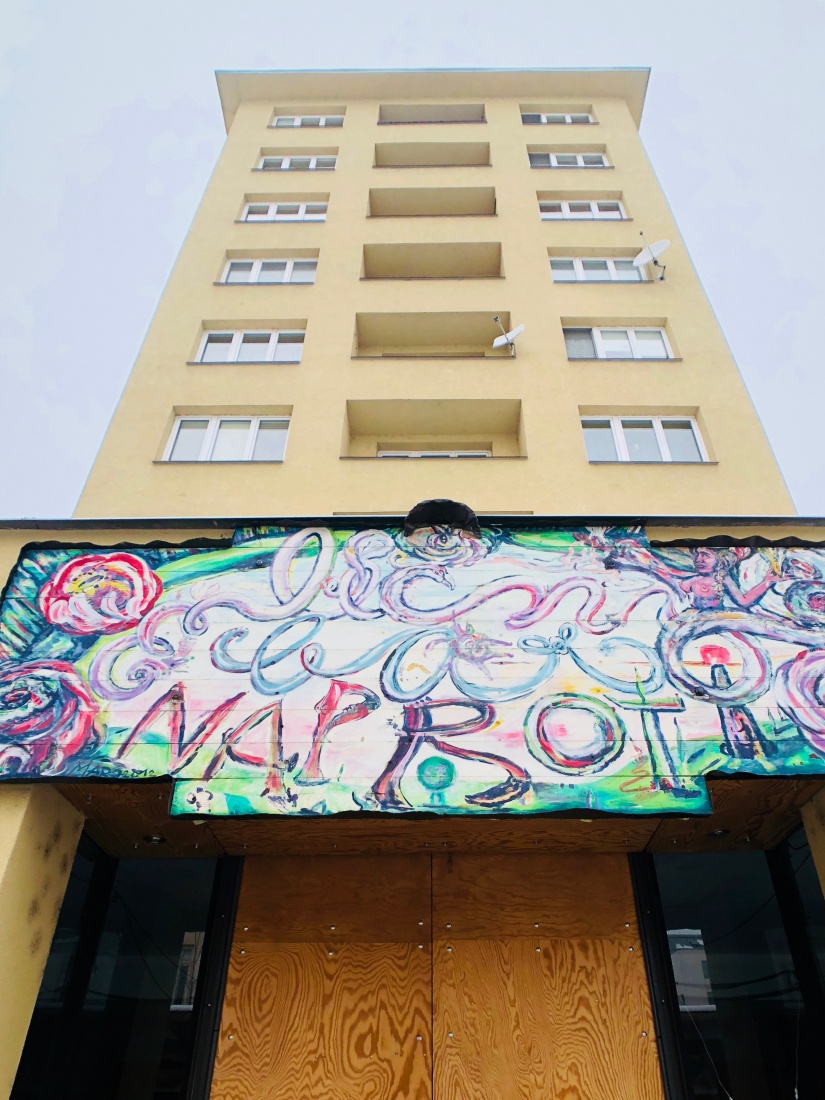
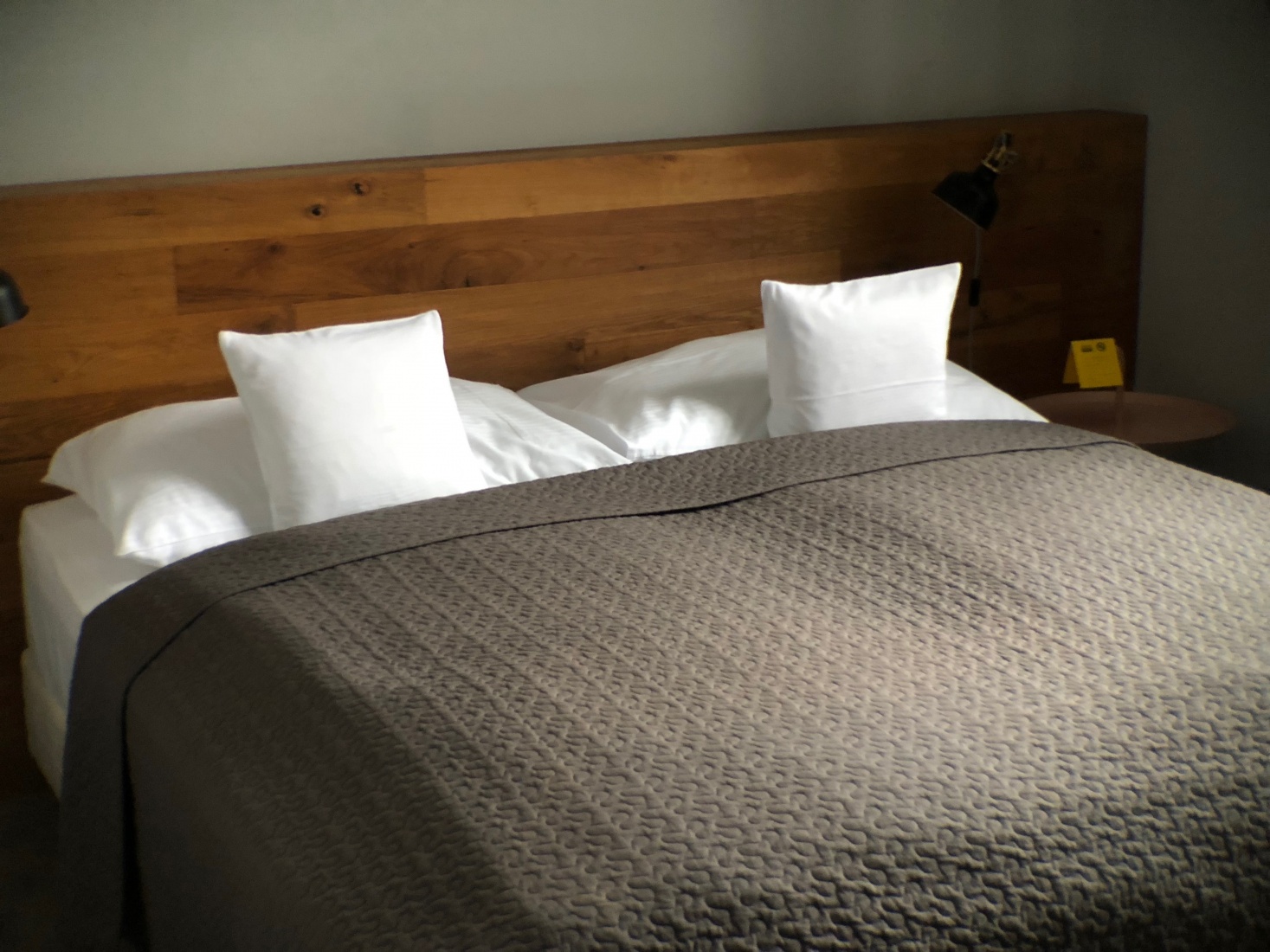
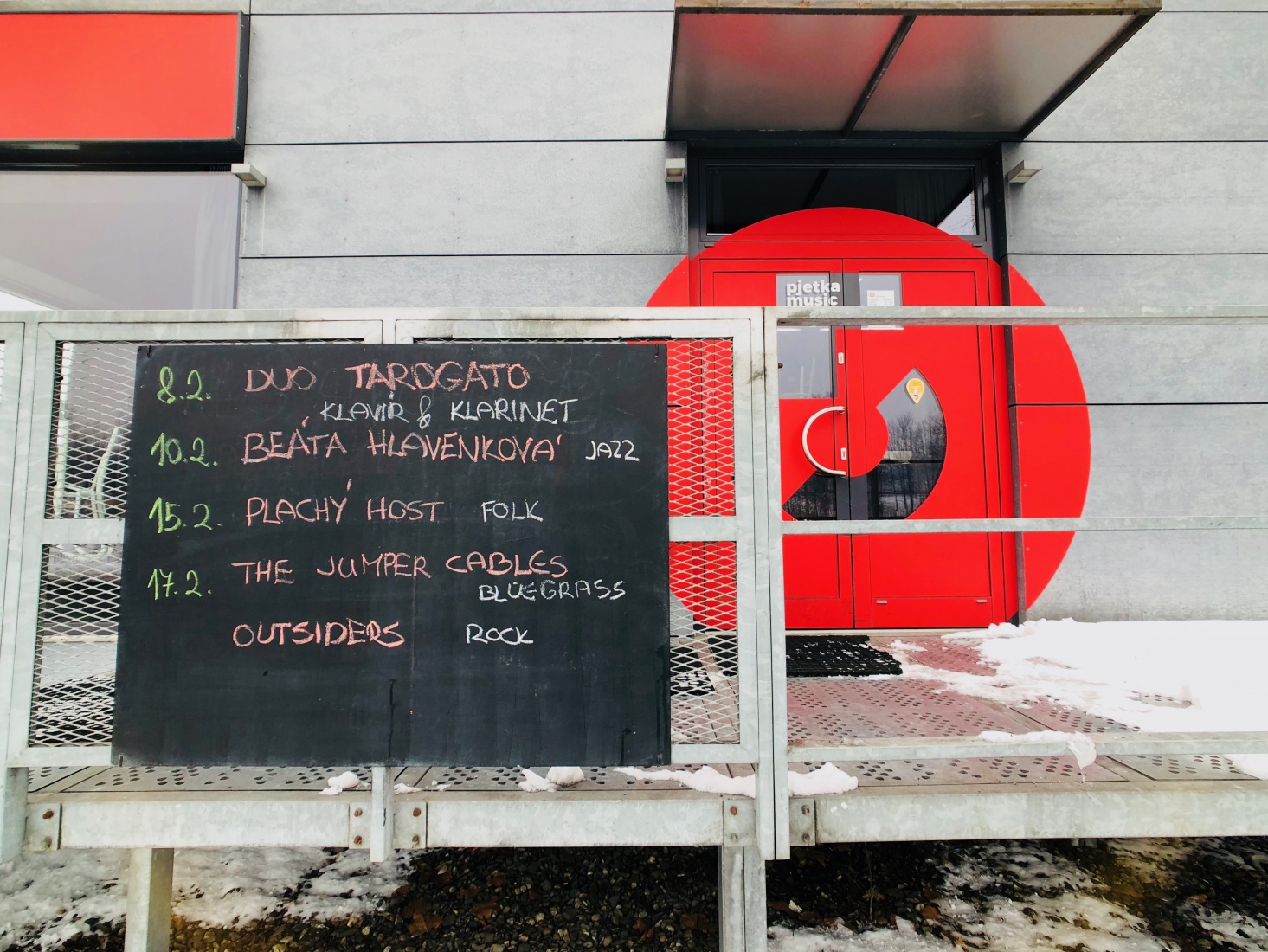
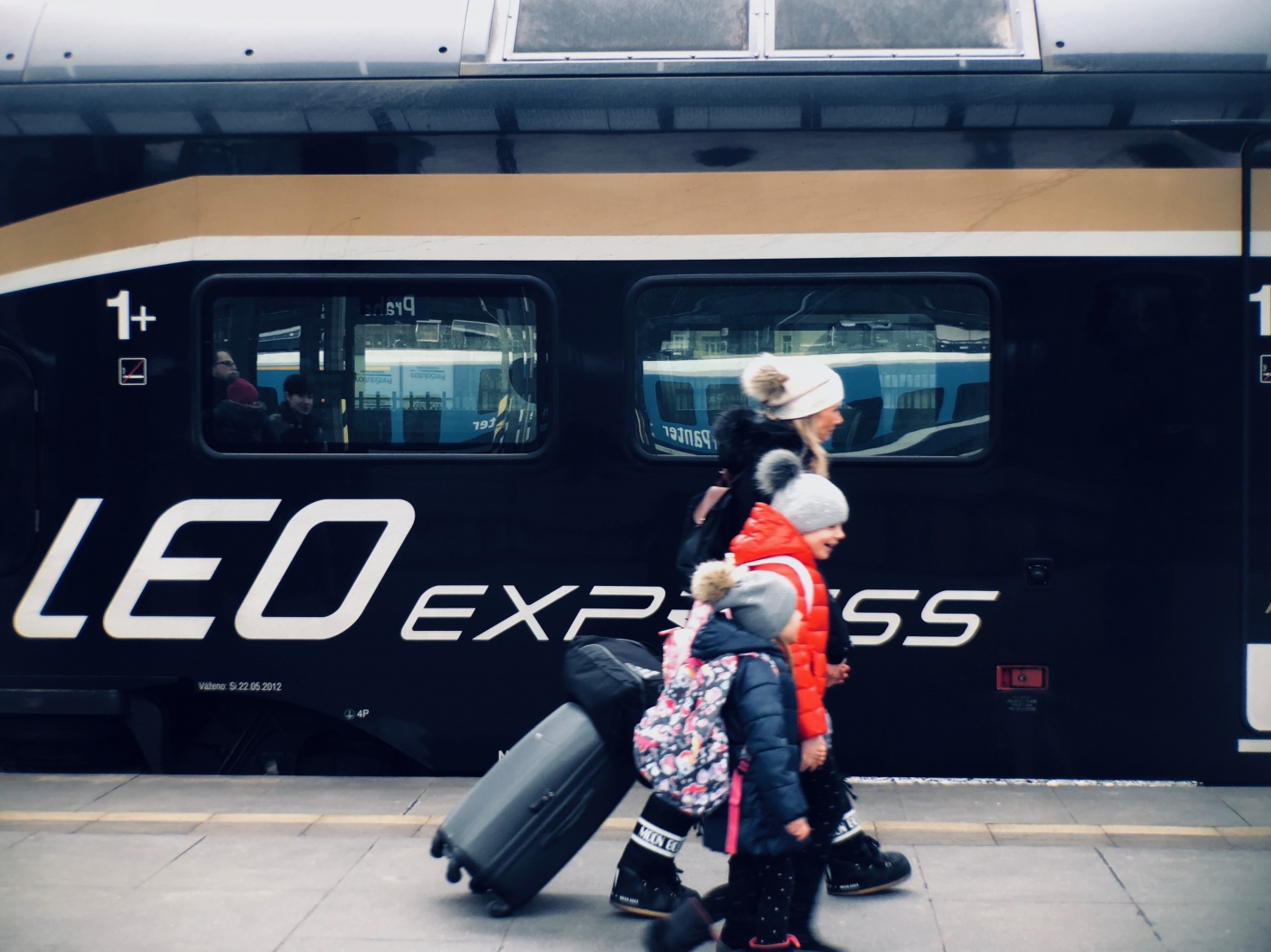
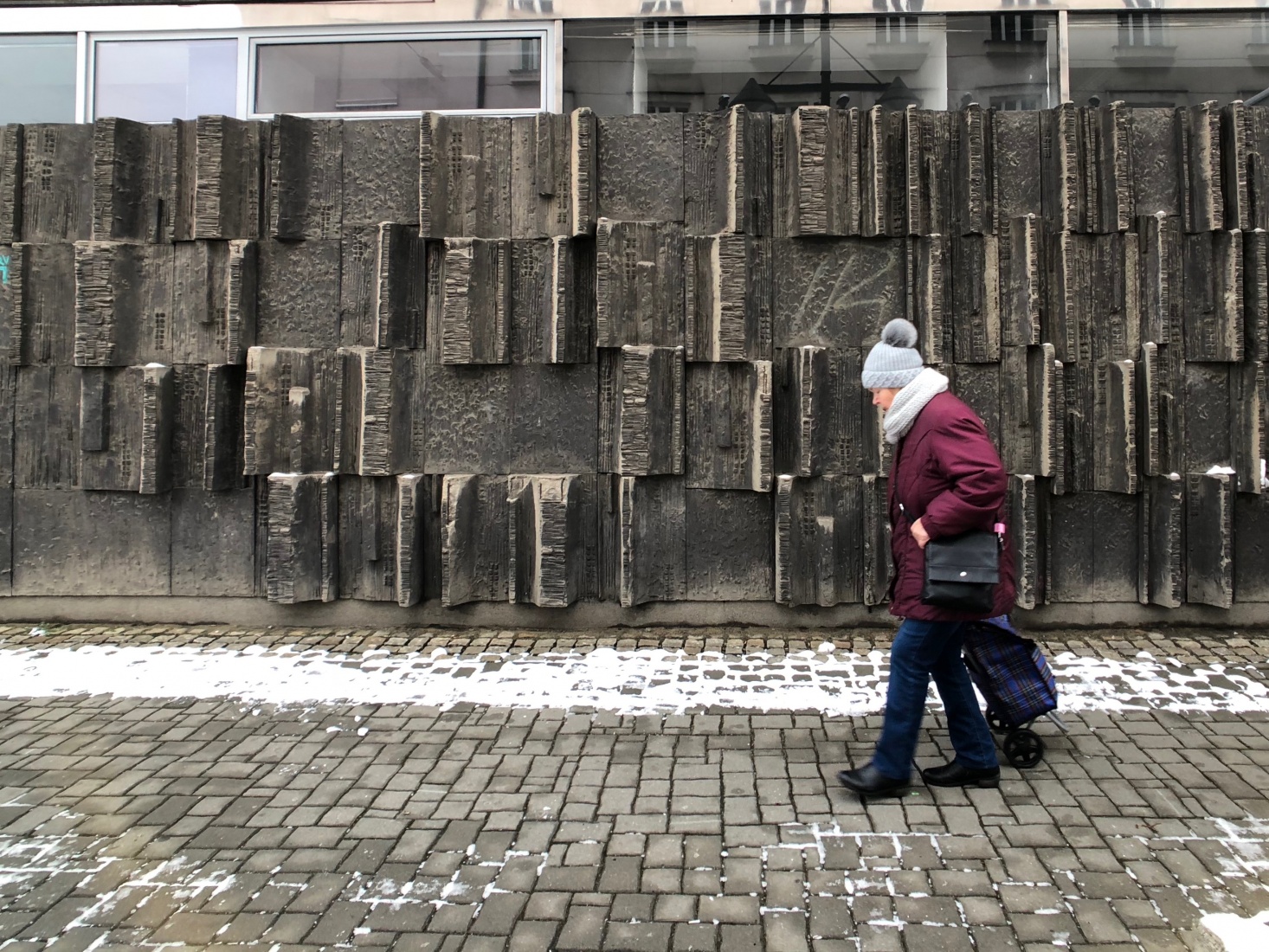

Thank you very much! Just planning trip to Ostrava in July due TBEX Conference and also Colors of Ostrava Festival.
Colors of Ostrava is the highlight of the city’s music calendar. Enjoy it!
What a great piece, Mark! I hope to learn a lot from meeting you about how to be a successful travel writer, which to me means being able to earn a living at it! All the best.
Thank you so much, Michael. Happy you liked it!